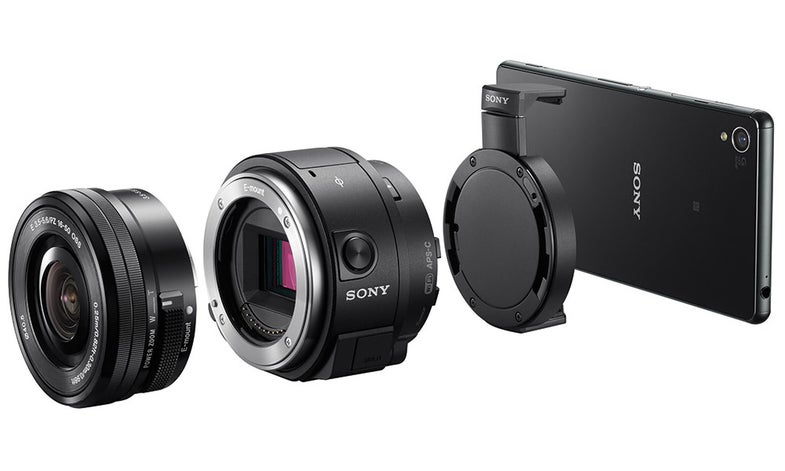
Compact Four Thirds With its new Lumix DMC-LX100, coming in November, Panasonic squeezed a big Four Thirds sensor and 24–75mm...
The post Toolbox: What’s New in Gear This Fall appeared first on Popular Photography.
]]>
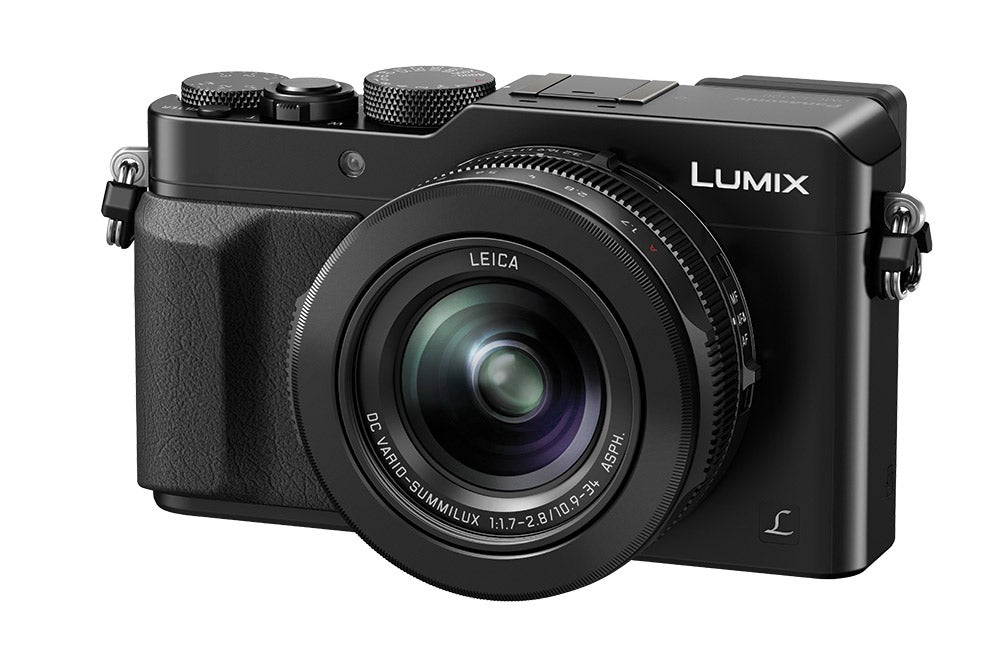
Compact Four Thirds
With its new Lumix DMC-LX100, coming in November, Panasonic squeezed a big Four Thirds sensor and 24–75mm (equivalent) f/1.7–2.8 optically stabilized lens into a very compact form. About 4.5 inches wide and less than 2.2 inches deep when off, the LX100 is the smallest camera in this sensor format. Panasonic kept the megapixel count modest at 12.8 but pushed its sensitivity to ISO 25,600 for low light. The biggest boast of all: 4K video capture.
Buy it $900; shop.panasonic.com
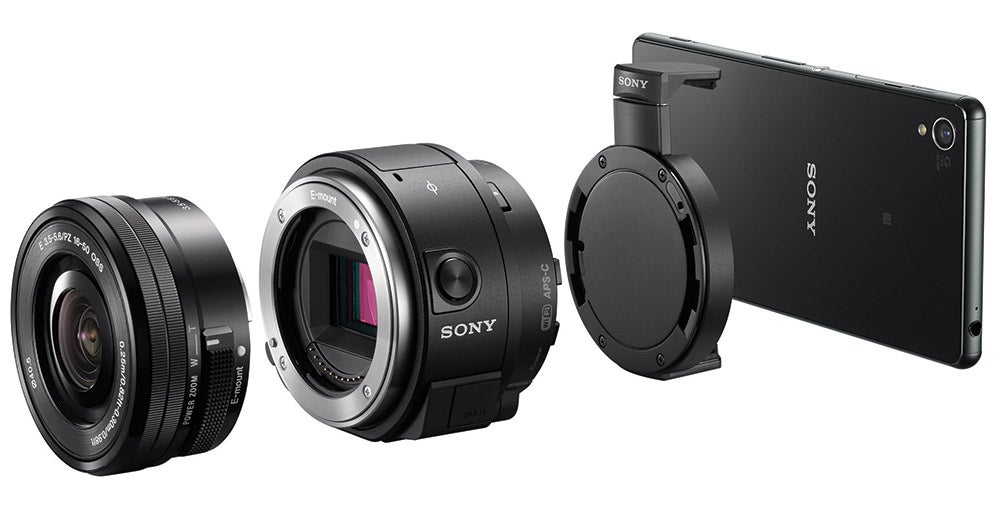
Clip-On Camera
The Sony ILCE-QX1 may look like an accessory lens for a smartphone, but this new device is actually the body for a whole camera system. The phone acts as a monitor and controller—whether it’s physically attached or linked remotely through Wi-Fi. Inside the QX1 is a surprisingly large 20.1MP APS-C-size CMOS sensor. Even cooler, Sony’s E-mount lets you swap lenses; alas, the glass is not included.
Buy it $400, without lens; store.sony.com
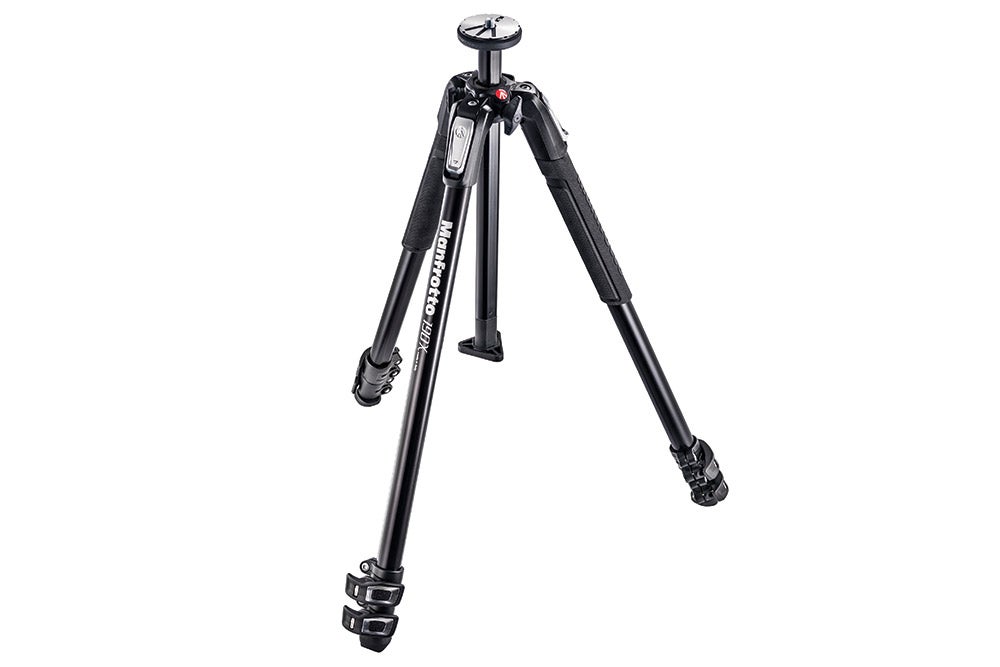
Solid Support
For shooting long exposures and steady video, a tripod is required gear in every photographer’s kit. And Manfrotto’s new 190X3 three-section aluminum model is a great place to start. Weighing less than 4.5 pounds and less than 2 feet long when folded, it reaches nearly 63 inches fully extended and can hold more than 15 pounds of gear; a ground-level adapter lets you set it crazy low. Heads (e.g., pan/tilt or ballhead) cost extra.
Buy it $200; manfrotto.us
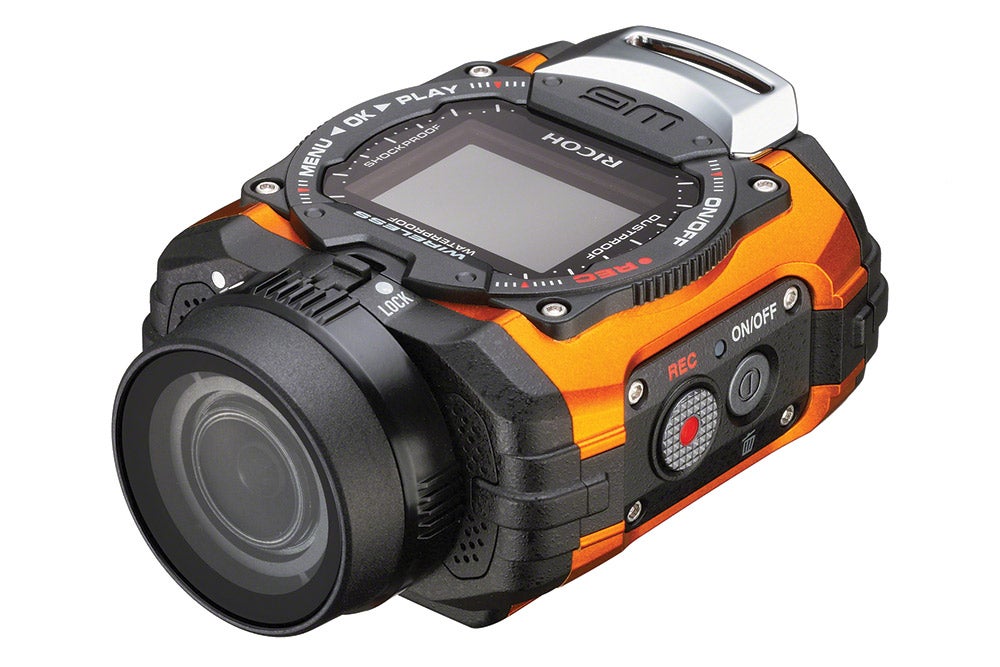
Tough Mother
Ricoh’s WG-M1 is ready for action, with a rugged body that doesn’t need an accessory case to make it waterproof (down to 32 feet), shock-resistant, and freeze-protected (down to 14° F). Its 14MP 1/2.3-inch CMOS sensor captures stills or video (up to 1080p at 30 fps; slow-mo 120 fps at standard def) on MicroSD/SDHC cards. Built-in Wi-Fi allows for remote control from a smartphone, while a 1.5-inch color LCD on top lets you view images and manage settings easily on the camera.
Buy it $300; us.ricoh-imaging.com
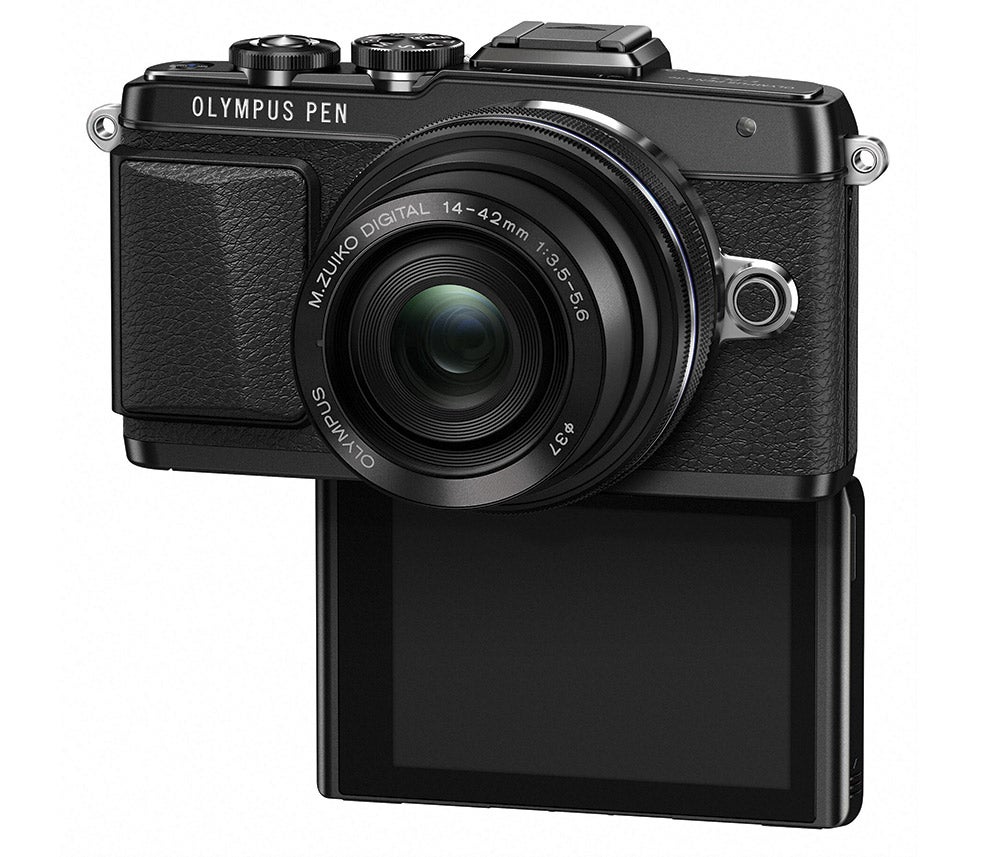
A Mightier Pen
Olympus positions its Pen line of Micro Four Thirds ILCs as “lifestyle” cameras, compared with its more performance-oriented OM-D line. But the new Pen E-PL7 offers specs any photographer would appreciate. It has the same 16MP Four Thirds Live MOS sensor and three-axis image stabilization system as the OM-D E-M10, plus an 81-point autofocus system and 8-frame-per-second burst speed (3.5 with continuous AF). And its 3-inch, 1.04 million-dot LCD can flip down and face front for better selfies.
Buy it $600, without lens; getolympus.com
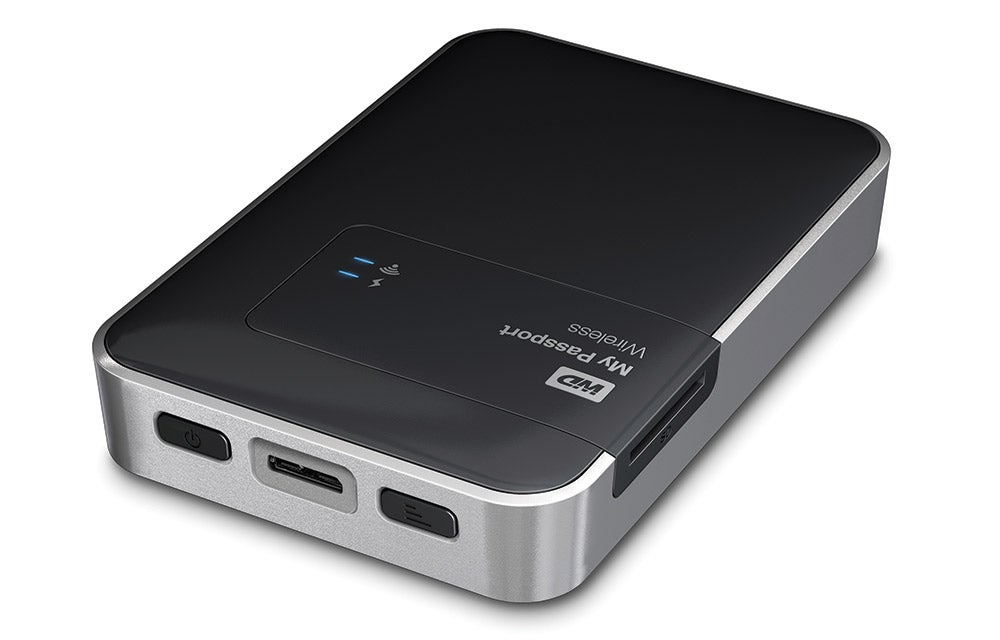
Back It Up
Protecting your images and other crucial digital files is one of those must-do chores that too many people neglect. Western Digital makes backing up easier with its My Passport Wireless portable hard drive. Besides Wi-Fi, you can connect through fast USB 3.0 or FTP via an adapter. There’s even an SD card slot and a smartphone app for sharing files straight from the drive. This versatile portable drive comes in 500GB, 1TB, and 2TB capacities.
Buy it from $130; wdc.com
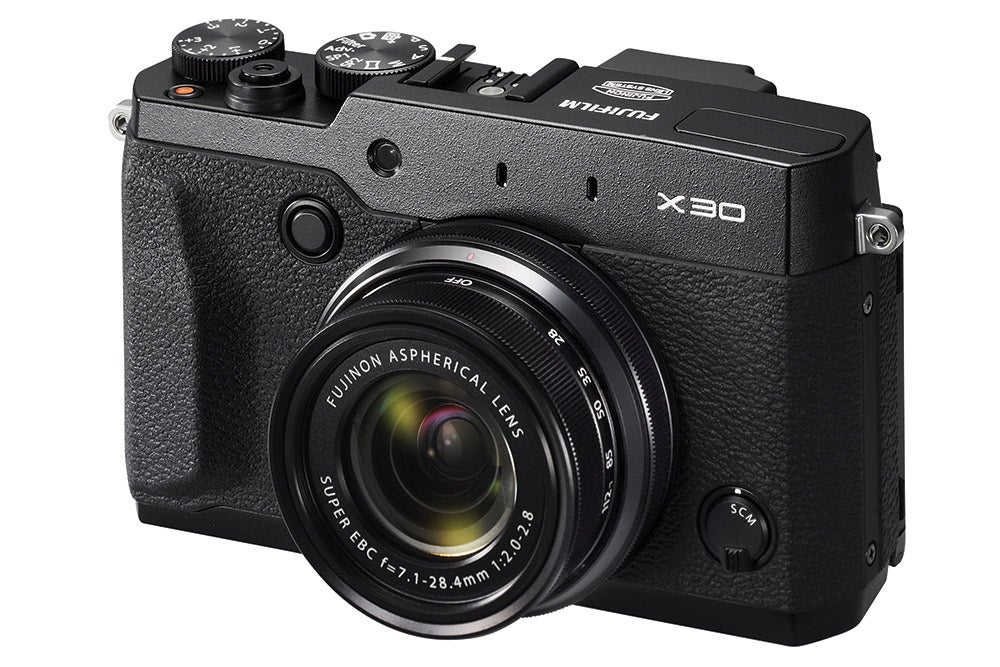
Compact with a View
Its sensor—a 12MP 2/3-inch X-Trans CMOS II—is smaller than the one in the Panasonic Lumix DMC-LX100 (above), but the Fujifilm X30 provides something rare in a compact camera: an awesome viewfinder. Fujifilm’s is a high-resolution 2.36 million-dot OLED with an extremely fast refresh rate; there’s also a tilting 3-inch LCD monitor. The 4X zoom, with a 28–112mm (equivalent) focal range and f/2–2.8 maximum aperture, is optically stabilized.
Buy it $600; fujifilmusa.com
The post Toolbox: What’s New in Gear This Fall appeared first on Popular Photography.
Articles may contain affiliate links which enable us to share in the revenue of any purchases made.
]]>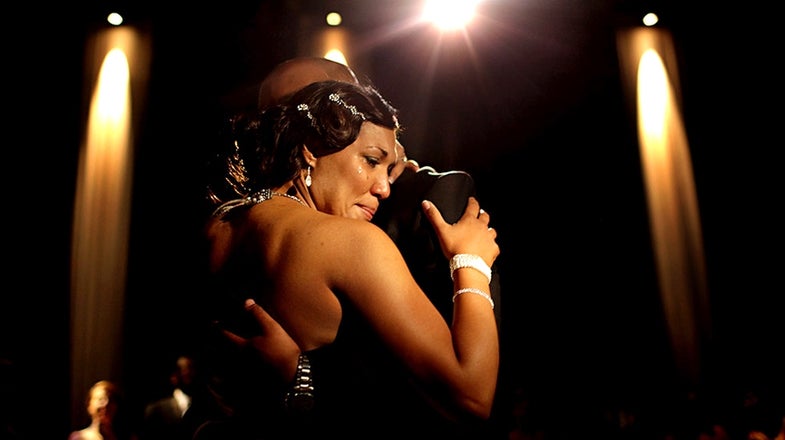
The aesthetic of an artist, the reflexes of a sports shooter, the people skills of an Oprah–and a big love...
The post The Top 10 Wedding Photographers of 2013 appeared first on Popular Photography.
]]>
The aesthetic of an artist, the reflexes of a sports shooter, the people skills of an Oprah–and a big love for Love. That’s what it takes to be a top wedding pro today. Here’s our list of the top 10 for this year in no particular order. Click on the link or the image to learn about the shooter and see more images.
Morgan Lynn Razi
Matt Miller
Ryan Brenizer
Samm Blake
Ryan Joseph
Emin Kuliyev
Ashley and Jeremy Parsons
Sean Flanigan
Todd Hunter McGaw
Tyler Wirken
The post The Top 10 Wedding Photographers of 2013 appeared first on Popular Photography.
Articles may contain affiliate links which enable us to share in the revenue of any purchases made.
]]>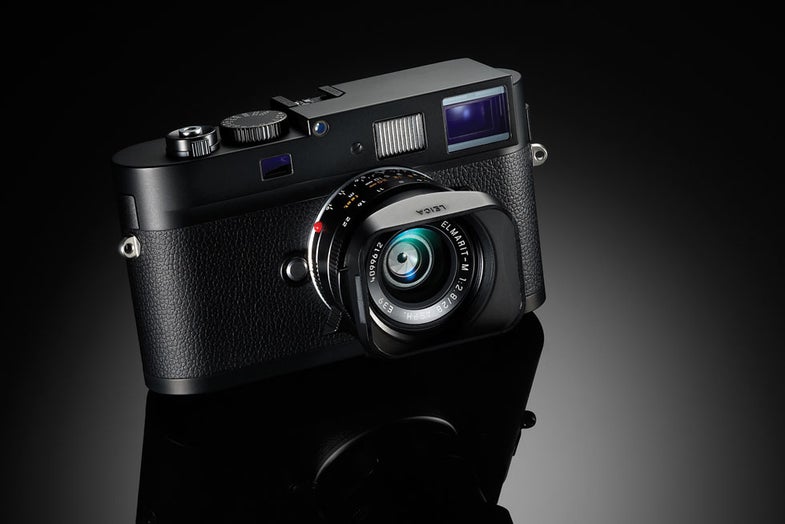
We may earn revenue from the products available on this page and participate in affiliate programs. Learn more › All...
The post Ten Tools That Reshaped Photography In 2012 appeared first on Popular Photography.
]]>
We may earn revenue from the products available on this page and participate in affiliate programs. Learn more ›
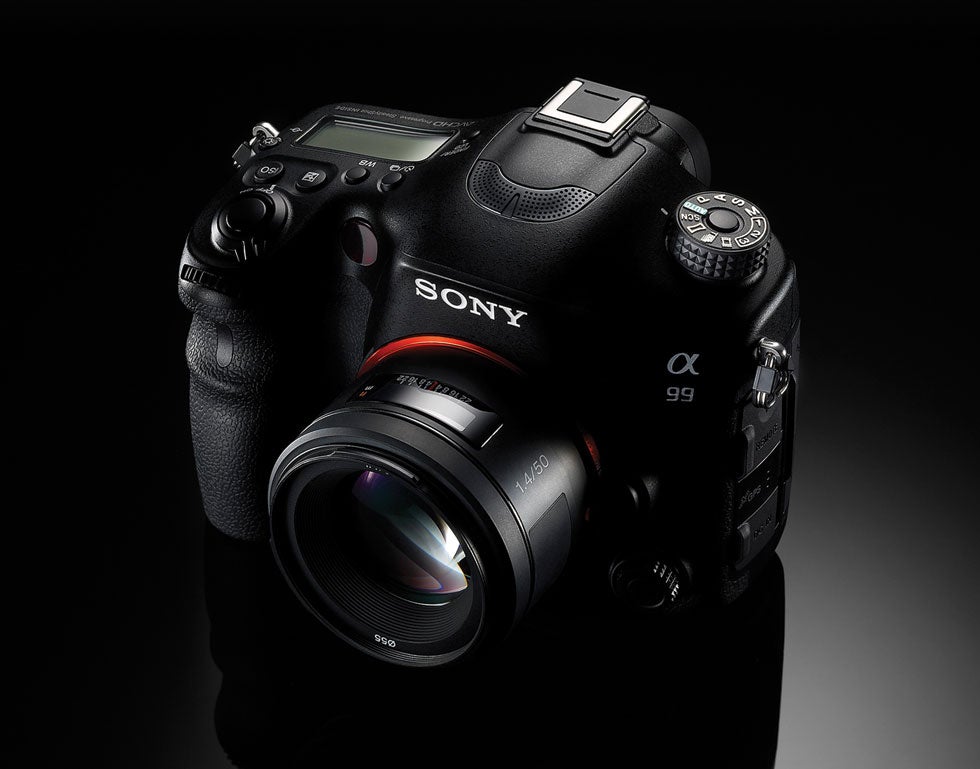
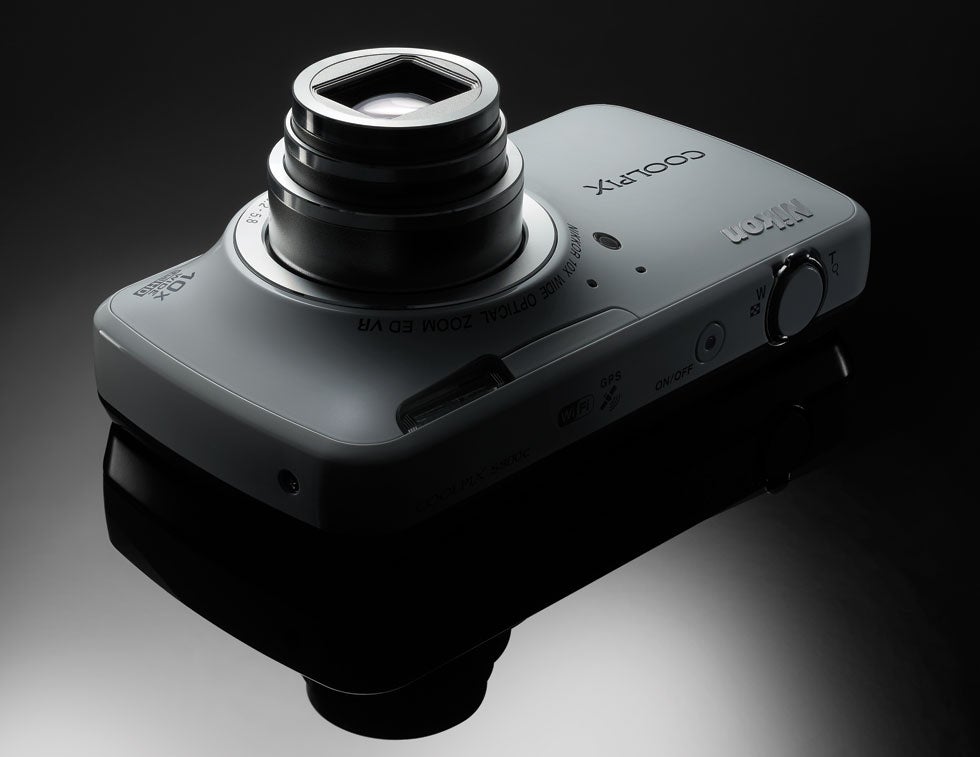
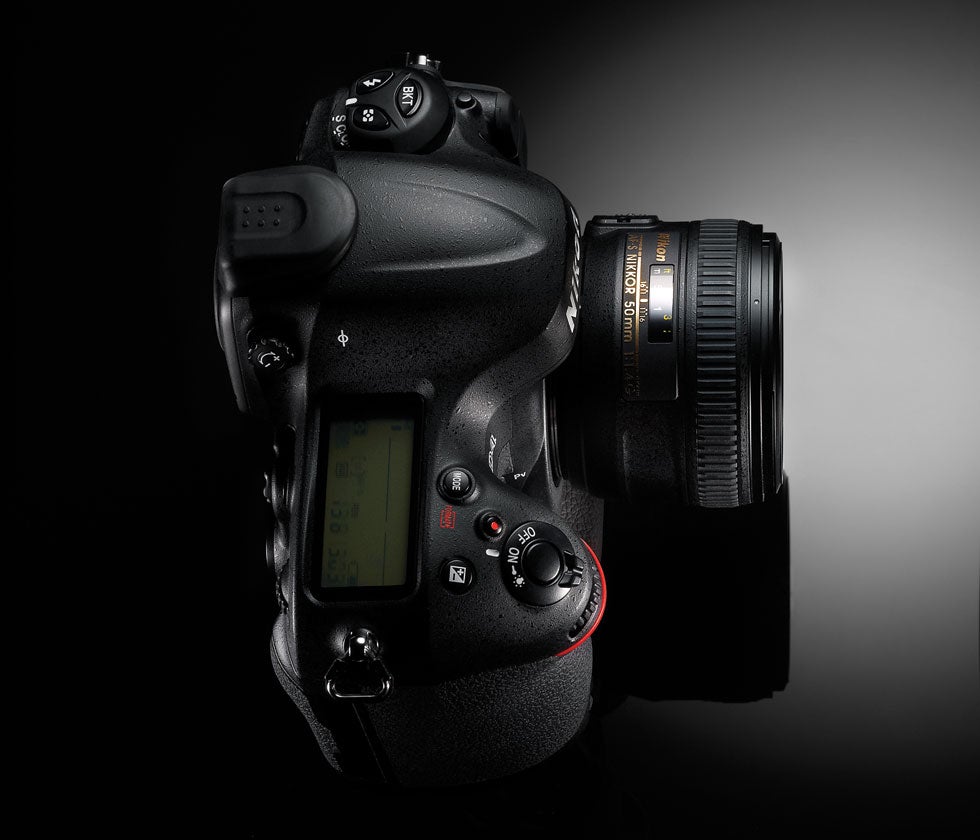
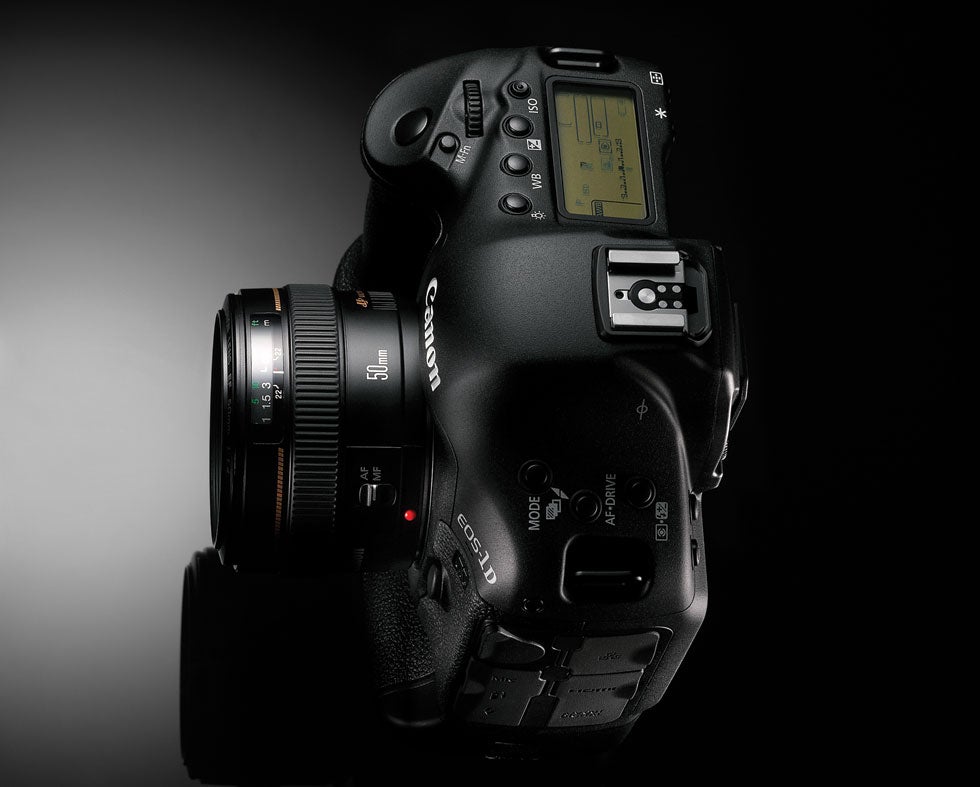
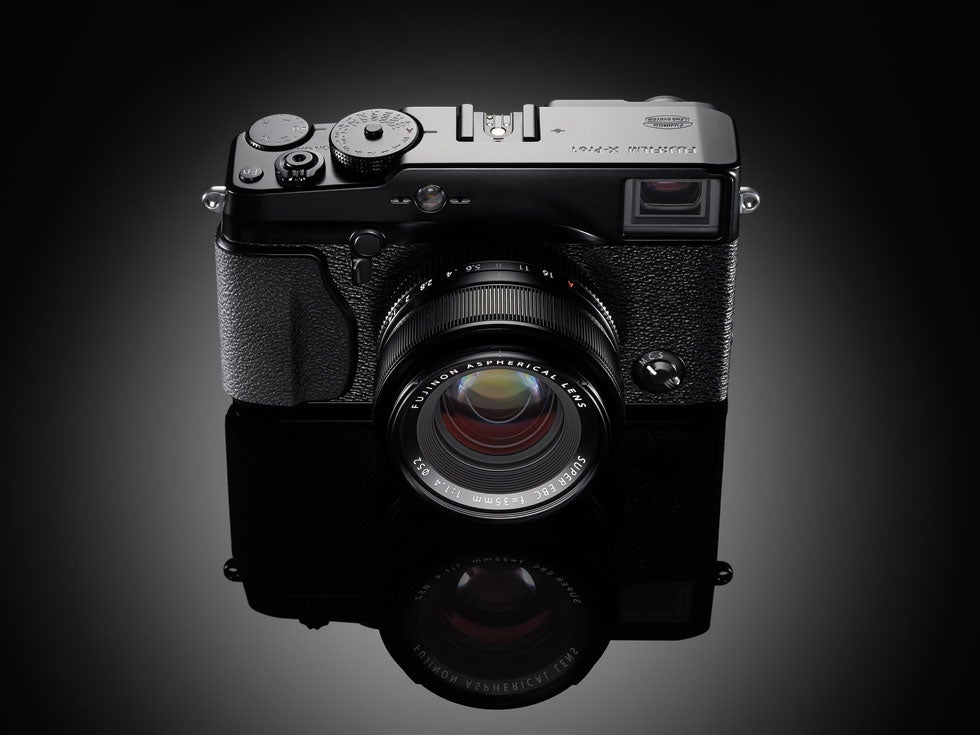
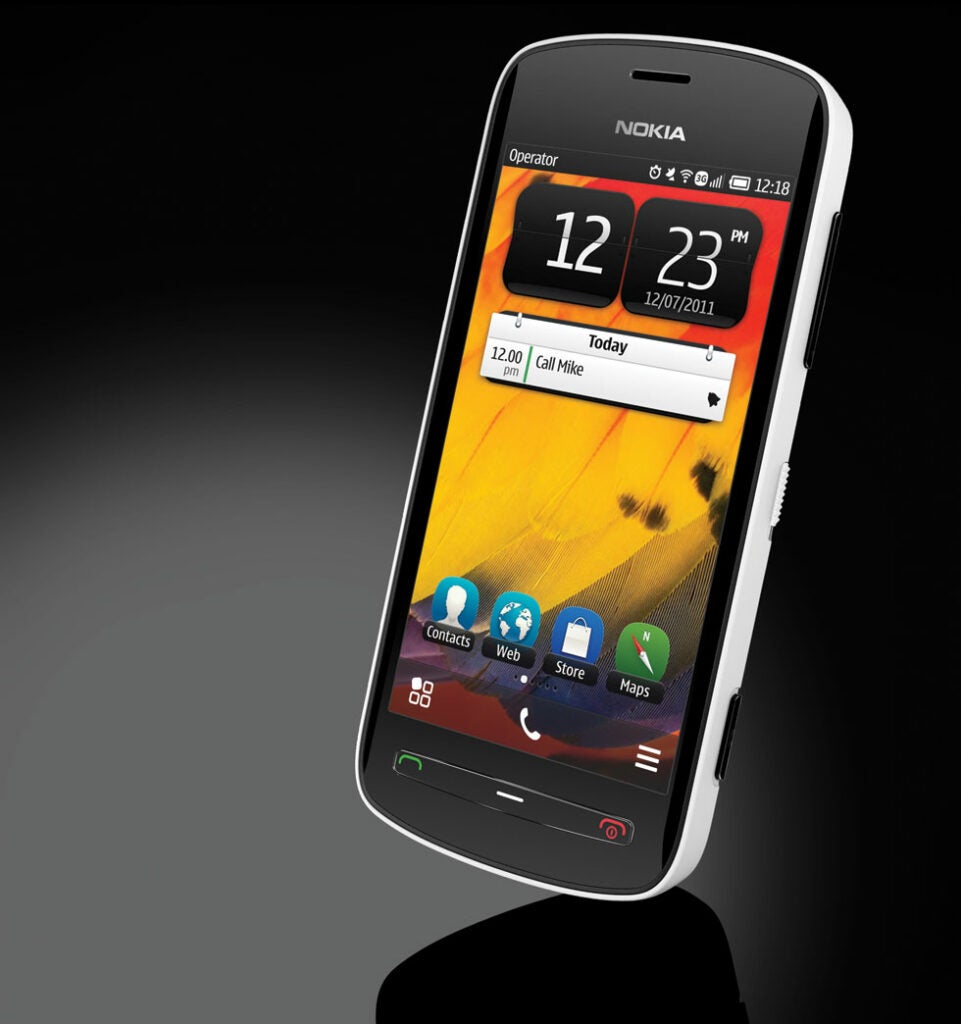
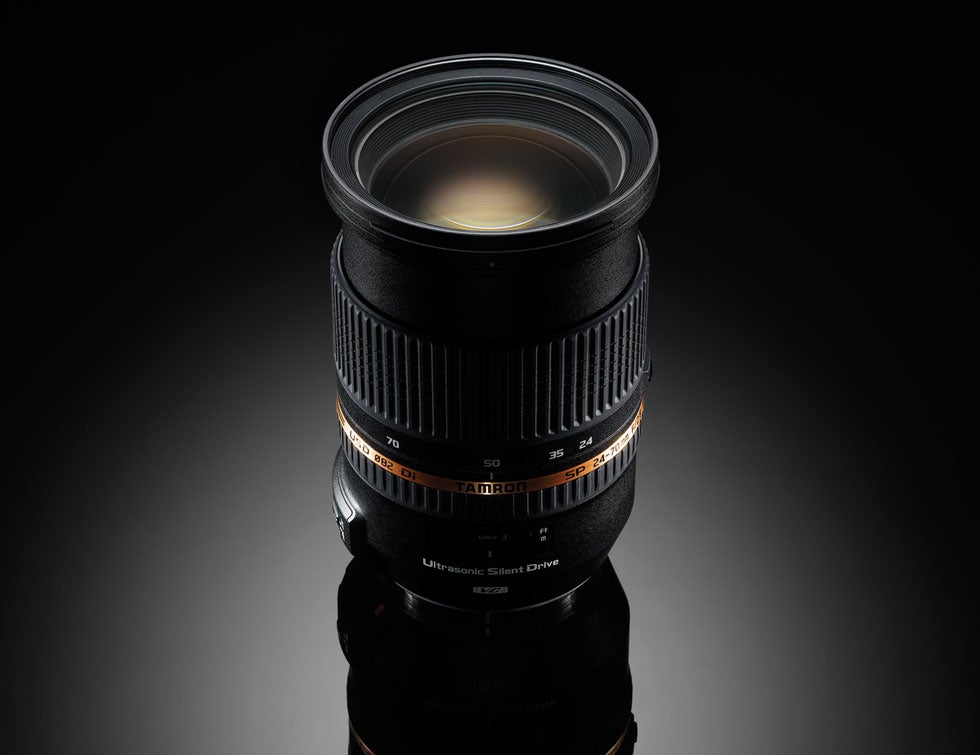
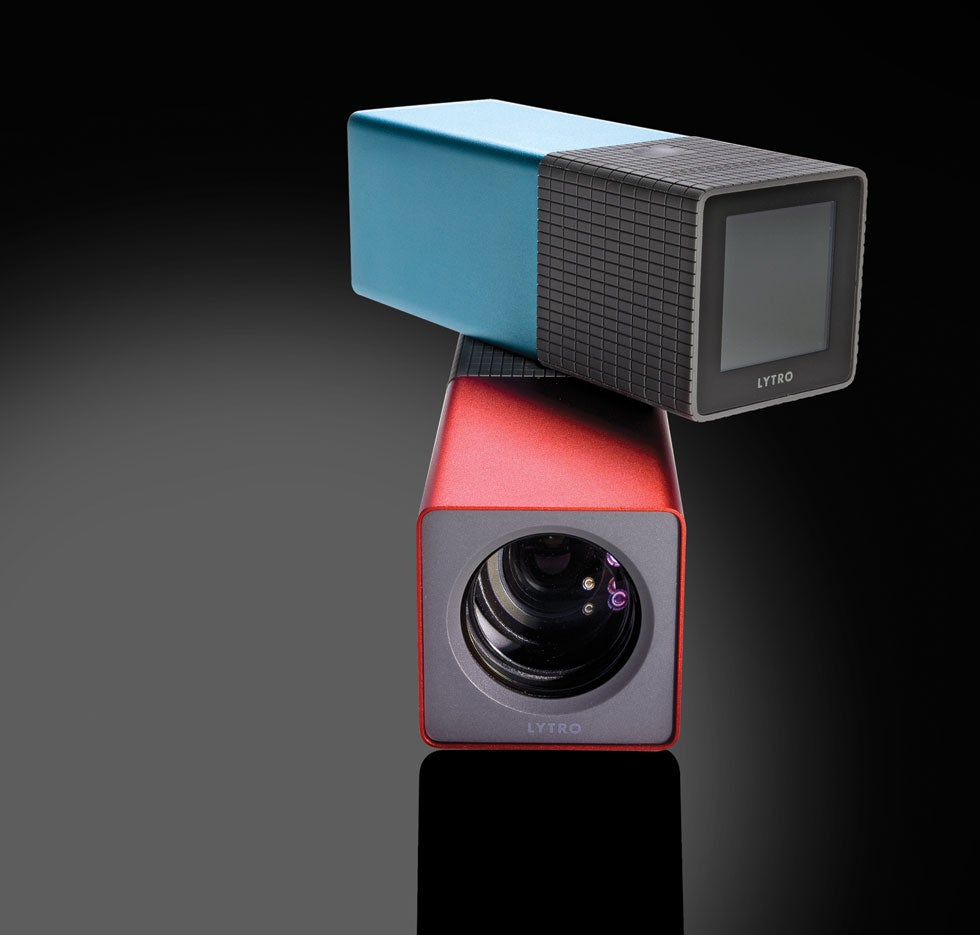
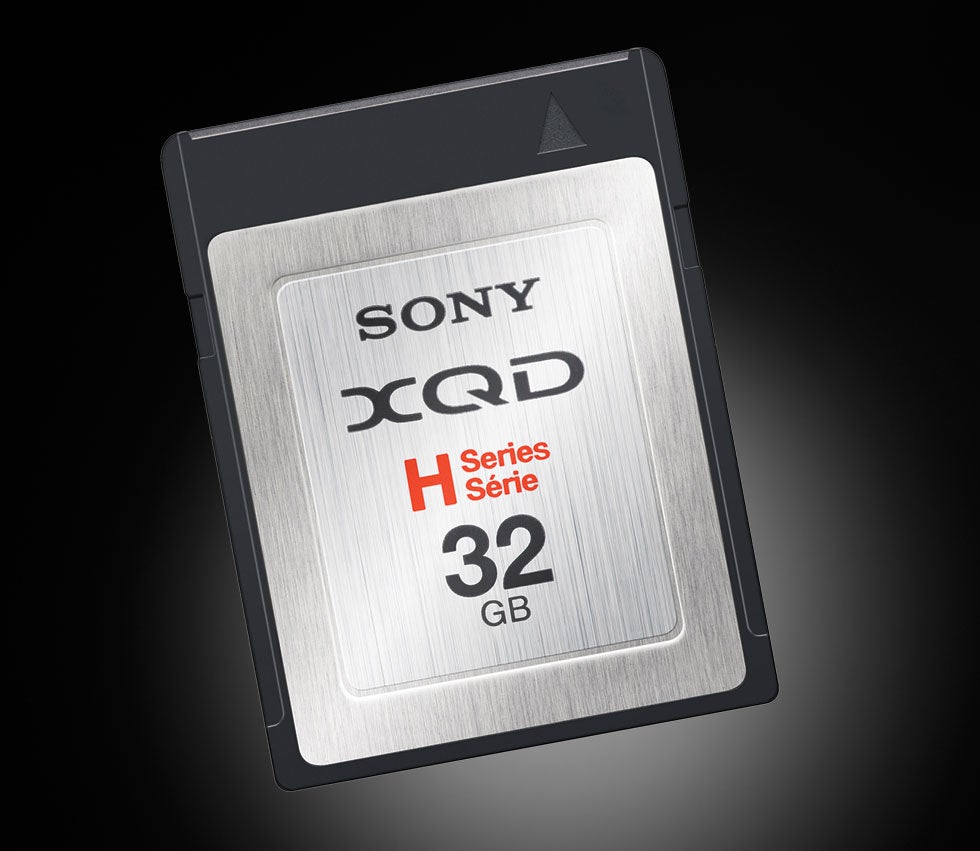
All photos by Sam Kaplan.
The post Ten Tools That Reshaped Photography In 2012 appeared first on Popular Photography.
Articles may contain affiliate links which enable us to share in the revenue of any purchases made.
]]>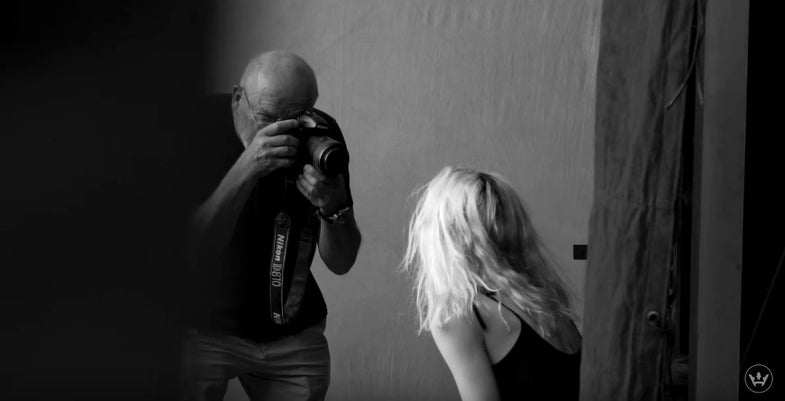
An iconic German portrait photographer and some Oscar-worthy women make up this year's calendar
The post Take An Early Look Into The 2017 Pirelli Shot By Peter Lindbergh appeared first on Popular Photography.
]]>
In the photography world, the Pirelli Calendar is an annual event, but last year’s edition brought it into a broader cultural spotlight. Photographer Annie Leibovitz broke away from the traditional selection of supermodels for women like Serena Williams and Amy Schumer. The 2017 calendar was shot by iconic German fashion photographer Peter Lindbergh and includes a number of very high-profile actresses, including seven Oscar winners.
According to CNN, the calendar models include the following women: “Nicole Kidman, Lupita Nyong’o, Uma Thurman, Jessica Chastain, Lea Seydoux, Robin Wright, Zhang Ziyi, Helen Mirren, Rooney Mara, Penelope Cruz, Julianne Moore, Charlotte Rampling, Alicia Vikander, Kate Winslet, and Moscow State University professor Anastacia Ignatova.”
This is actually Lindbergh’s third time shooting the Pirelli calendar. Sadly, the calendar isn’t up for sale but is given away as a premium promotional item to influencers and other VIPs, so getting one might be a challenge for the rest of us.
According to CNN, the calendar models include the following women: “Nicole Kidman, Lupita Nyong’o, Uma Thurman, Jessica Chastain, Lea Seydoux, Robin Wright, Zhang Ziyi, Helen Mirren, Rooney Mara, Penelope Cruz, Julianne Moore, Charlotte Rampling, Alicia Vikander, Kate Winslet, and Moscow State University professor Anastacia Ignatova.”
This is actually Lindbergh’s third time shooting the Pirelli calendar. Sadly, the calendar isn’t up for sale but is given away as a premium promotional item to influencers and other VIPs, so getting one might be a challenge for the rest of us.
The post Take An Early Look Into The 2017 Pirelli Shot By Peter Lindbergh appeared first on Popular Photography.
Articles may contain affiliate links which enable us to share in the revenue of any purchases made.
]]>The post In the Studio With Annie Leibovitz appeared first on Popular Photography.
]]>The video provides an inside look at Leibovitz as she creates a portrait of Connie Dufgran, co-founder of Profoto-maker of the very lighting system she uses. In it you can hear her flash, the new Profoto Pro-8, beeping at a rate that seems supernatural for a studio unit. The video was shot and edited by MAC Group marketing whiz Matt Hill, with camera B operated by Max Hull, the talented grandson of late Mamiya legend Henry Froehlich. For more about the shoot, visit The Strobist.
In the Studio With Annie Liebovitz from American Photo on Vimeo.
The post In the Studio With Annie Leibovitz appeared first on Popular Photography.
Articles may contain affiliate links which enable us to share in the revenue of any purchases made.
]]>The post Master Series: FAQs appeared first on Popular Photography.
]]>I’ve said about a million times that the best thing a young photographer can do is stay close to home. Start with your friends and family, the people who will put up with you. Discover what it means to be close to your work, to be intimate with a subject. I guess what I’m really saying is that you should take pictures of something that has meaning for you. When I was a young photographer at Rolling Stone, I learned that what I did mattered. This may have been because I was published, but whether you’re published or not, you have to care about what you do.
2. Who’s the most difficult person you’ve ever photographed?
The difficulties usually don’t have much to do with the subject. What causes problems are things like the weather. It’s too sunny or too dark. You might have a bad hair person. Bad makeup. The strobe doesn’t fire fast enough, or doesn’t fire at all. That being said, in my experience the most difficult people are the people who have been in show business the longest. Especially those who have been in show business since they were children. They’ve been catered to for so long that they have a very poor sense of reality.
3. How many pictures do you take?
Certainly fewer than when I was young.
4. Are you happy with the move from film to digital?
I remember when Kodachrome II was phased out in the ’70s. A lot of photographers bought cartons of it and stored it in their refrigerators. But the bottom line was that it was gone. Digital is here whether we like it or not. In the beginning, I let the process take over. Productions were incredibly complicated. The rhythm of the shoot changed. I had to explain to the subject that I was going to go across the room to look at the picture on the monitor, which seemed a little rude. But now I don’t usually have a monitor on the set, and if I do, I don’t look at it very often. We just use a laptop, and I’m not tethered to it. I don’t even look at the back of the camera very often.
5. Where do you get your ideas?
I do my homework. When I was preparing to photograph Carla Bruni-the wife of Nicolas Sarkozy, the president of France-in the Élysée Palace, I looked at pictures of the palace. I looked at pictures of other people who had lived in the palace. Pictures of couples in love. Pictures that other photographers had taken of Bruni. I’m a fan of photography. A student, if you will. Something in the history of photography might contribute to the style I choose to shoot in. The style of the photograph is part of the idea.
6. When do you know you have a good picture?
When I was young, I never knew when to stop. I could never tell what I had. I was afraid I was going to miss something if I left. I remember working with the writer David Felton on a story about the Beach Boys and being surprised that at a certain point he just walked away. He said he had enough material, which seemed incomprehensible to me. As I became more experienced, I began to understand that someone who is being photographed can work for only so long and that you shouldn’t belabor the situation.
7. How much direction do you give?
Much of the direction of the shoot takes place before the subject comes in. This is certainly the case with set-up portraits. By the time the subject arrives we’ve figured out what is possible for them to do. A lot of my work is post-decisive moment. It’s studied. A kind of performance art. It would be nice to be more spontaneous, but circumstances don’t always allow that.
8. How do you set people at ease and get them to do the things that they do in your pictures?
I never set anyone at ease. I always thought it was their problem. Setting people at ease is not part of what I do. The question assumes that one is looking for a “nice” picture, but a good portrait photographer is looking for something else. It might be a nice picture and it might not. I know, however, that I do set people at ease because I’m very direct. I’m there simply to take the picture and that’s it.
The post Master Series: FAQs appeared first on Popular Photography.
Articles may contain affiliate links which enable us to share in the revenue of any purchases made.
]]>The post Master Series: Working With Annie appeared first on Popular Photography.
]]>You’ve worked with Annie a lot. When did it start?
In 1988, when I was choreographing “Drink to Me Only With Thine Eyes” for American Ballet Theatre. Mikhail Baryshnikov was the director of the company, and Annie photographed us together in some dirty, filthy warehouse. The suit I was wearing was my first expensive piece of clothing. It was gorgeous-Issey Miyake.
I wasn’t used to being photographed then, and I was behaving like I thought you should in a photograph. The rapport with Annie was pretty immediate, though. And pretty direct. That’s when I learned that I could communicate with her. Which translated to other photographers. I realized that I knew what to do. I’m a stage person.
I remember that she made me smoke more than I wanted to.
Some people say that Annie intimidates people into doing things, either through the strength of her personality or because she’s famous. Do you think she does?
No. But her reputation is intimidating to some people. Her famous-ivity. And the “iconic” pictures. John Lennon. Whoopi Goldberg. That naked fabulous speed skater, what’s his name? Eric Heiden. I love those pictures so much. Or the famous unlikely people naked or seemingly naked or doing something radical, for them. You think, “If they could do it, I could do it. She showed her tits, I will too.”
Annie always says, “Now tell me if you’re uncomfortable with this.” Whether she means it or not, it’s a great device to get people to trust you. But you’re the one being photographed, and ultimately, you’re going to decide what you’re going to do in the photograph. Come on. We weren’t born yesterday. Especially if we’re in show business. Give me a break.
I’ll try a lot of things, although sometimes I’ll just say no. That “Rousseau” shot, for instance (page 60). We had talked about the idea beforehand, and I said I had no problem with it. I don’t mind being naked, but she wanted to take some pictures that showed my dick and I didn’t want to. It was hot. I didn’t want to look droopy. I wanted an androgynous look. A hermaphrodite or whatever. As I recall, I tucked my dick in on the spot. Spontaneously.
But then there was a nightmare shoot that we did at a swimming pool on Ninety-something Street in New York. I don’t think those pictures ever appeared anywhere. Annie had her equipment set up about twelve feet down in the pool, in a viewing room with a window that was used for coaching divers or something. She said she wanted to see me under water. I thought that could be nice, except that I had a terrible cold and I could hardly breathe.
There was a platform in the pool, and somebody with a life-saving pole would push me into the water and then pull me up. I was naked except for a full-length, lightweight cotton kimono, and by the time I got far enough down to be in front of the window where Annie could shoot me, I was out of air. Then I’d try to get to the surface, and I’d panic because I had all this fabric on. I’m not that great a swimmer, and I was also bound and gagged. And sick. When I got out of the pool I was freezing. It was horrible.
They were communicating with walkie-talkies most of the time, but every so often Annie would come up all these stairs from the viewing room to talk to me. She made me go back in the water a lot. It was like dunking a witch: If they drowned, they were innocent. If they survived, you killed them. We tried it over and over again, and then I said, “I just can’t do this.”
Anyway, that’s an example of saying, “Oh, sure, I’ll do that,” and then you realize you’re going to die. Most of the work you’ve done with Annie hasn’t been life-threatening. And there’s certainly a great deal of it. The dance photographs she’s taken of you and your company may be the most extensive body of work she’s made on a single subject.
I’m probably responsible for her starting to take dance photographs. In 1989 she photographed me when I was thinking about working on Dido and Aeneas. That was a fabulous session. She wanted the full sort of onnagata makeup. I didn’t think it was enough. I thought it should have been more. But I ended up really liking Annie’s pictures. I look like an old whore. There’s a great one where I’m wearing just a piece of fabric, and the fan is blowing it. I was improvising on the subject of Dido. I had just decided to dance both roles: Dido and the Sorceress.
My greatest hero, in terms of a dance photographer, is George Platt Lynes. Those, to me, are the best dance pictures ever. They’re so fake and so set up and so gorgeous. And Arnold Genthe. I love his pictures [Anna Pavlova, Isadora Duncan, Ruth St. Denis]. They have that beautiful black-and-white flesh-tone thing that is so strange and of the period.
I looked at all these pictures with Annie in 1990, when she came down to the White Oak Plantation in northern Florida where Misha [Baryshnikov] and I were rehearsing a new dance company. I remember talking about them with her. She loved a lot of the same things I did. And I think I could explain to her-not with words-what works in a photograph. Turning, for instance, doesn’t work. People always try to photograph a fouetté, but it can’t be done. You can’t photograph it, because it’s a sequence. There are too many bits missing on film.
The pictures I love express the intention of dance. It looks like something is about to happen. It’s never mid-action. The photographs where the dancer is in the air, for instance, have no tension. You always miss the apex. Speed exists only in relation to something else. It’s not just about having a full-figure shot, like Fred Astaire insisted on. For instance, in The Flintstones, when a figure is traveling, it’s rock, rock, tree, rock, rock, tree, to show that it’s moving. That’s all you need. And that’s why dance photography doesn’t work a lot of the time and why those super-static shots of George Platt Lynes work so great. It’s the framing and the contrapposto. The candor, the snapshot aspect, isn’t important. That’s one reason I like Annie’s work. It’s formal. Decided.
Annie has said many times that the White Oak sessions were very important to her. That spending so much time with the dancers made many of the photographs possible.
White Oak was valuable. She learned a lot. And we became friends. She gave us all cameras and everybody became a brilliant photographer for a few weeks. It was a wonderful period.
There are some fabulous, dramatic pictures in the White Oak book. I’m thinking of one of them where we’re rehearsing and Linda Dowdell-the musical director-is playing the piano. It’s a picture of sort of nothing. And it’s actually candid. It’s what was going on. It’s not what I’m doing in it that’s important. It’s within what I’m doing.
Annie was sitting there, snapping. That I let her in the room is already something. It was a very small studio.
Some of the photographs of the women dancers at White Oak were the basis for that series of nudes she did for the Pirelli Calendar.
Yes. I love the picture in the calendar of June Omura’s legs. I like the nicks and the hairs. It’s very painterly. There’s an unbelievable sort of Titian ghastly blue-green color in all of the nudes. But they don’t look cadaverous.
Of course the photographs we’ve been talking about are not what most people think of when they think of Annie’s work.
Everyone has seen many, many pictures by Annie Leibovitz, whether they know it or not. It’s part of the culture. Like the Love stamp. People know the image even if they don’t remember that it was made by Robert Indiana. And because Annie does make those famous images, and shoots glamorous people, somehow she’s not supposed to be able to photograph poor people or war or art.
But I like a lot of her more “commercial” work too. That picture of Ella Fitzgerald, for instance, was taken for an American Express ad, but it’s also a picture of a darling black lady in a church hat. I love it. It’s how she leans forward. It’s the suit. It’s the color. It’s the gardenias or camellias or whatever they are in the background. It’s the whole thing. The way she tapers, because she’s so eccentric and old. The picture of George Bush in the White House is also great. It’s like the scary Hapsburgs or something. I like those strange, cold photographs. The Trumps. The wife pregnant and naked on the steps to the plane. I don’t want to marry them. But I really like the pictures.
The most terrifying pictures I’ve ever seen in my life are the fairy- tale spreads she made for Disney. The first one that appeared, with Cinderella on the stairs, kept me awake for nights. It was shocking. But I salute the weirdness of those pictures. I don’t know how she did it. They’re like zombie pictures. They impressed me enormously. I know it’s because of the new digital cameras. But they’re like Odilon Redon or something in their symbolist perversity.
Well, your take on the Disney photographs aside, which seems rather personal, would you agree that Annie’s pictures pretty much always work, although one doesn’t know exactly why?
They work even if the subject isn’t famous anymore. It’s like George Platt Lynes’s portraits. Sometimes you don’t recognize the person, but it’s a gorgeous picture. You don’t have to know.
The post Master Series: Working With Annie appeared first on Popular Photography.
Articles may contain affiliate links which enable us to share in the revenue of any purchases made.
]]>The post Master Series: Annie at Work appeared first on Popular Photography.
]]>It didn’t start out that way. In the beginning, I traveled alone. I carried my equipment, and if I used a light, I would set it up myself. Some people took the results as a style. A writer for American Photographer once said that the umbrella and strobe reflected in the mirror in my portrait of Jimmy Carter was a “skillfully implemented device.” As I recall, I walked into the room holding the light and set it down and plugged it in and started taking pictures. I didn’t think about it.
CAMERAS
My first camera was a Minolta SR-T 101. It came with a 55mm lens. Working with that lens was a good learning experience. Many of the other students at the San Francisco Art Institute used 35mm lenses. You can be a little sloppy with a wide-angle lens. The 55mm made me very aware of what I was putting in the frame. When I decided I was serious about photography, I reluctantly sold the Minolta and bought a Nikon F with a 35mm lens.
In the early days, Rolling Stone was printed on cheap paper in an 11×17-inch format and distributed folded over. The cover image was an 8½x11-inch vertical. The format of the magazine became squarer after 1978, and I decided to try a Hasselblad for the covers. Most of the pictures for the inside were still shot with a Nikon because the Hasselblad seemed unrealistically sharp. The bigger negative made for a handsomer image, but you couldn’t convey the sense that you were simply in a room taking a picture. Combined with my over-lighting, the work got further away from natural. Most of the early conceptual pictures were taken with the Hasselblad.
In the mid-1980s I began using a Mamiya RZ67, which I handled like a 35mm camera. When I began shooting digitally, I put a digital back on my Mamiya. This was not ideal, since you couldn’t use the full frame. And the camera body and back were hard to handle. The camera’s processing time made shooting very slow. I experimented with a digital SLR, a Canon, when I photographed Mary J Blige for the Gap and wanted to shoot her singing. There was going to be a lot of movement, and I needed a camera with a faster shooting speed. When I looked at the files and realized they were perfectly usable, I decided, What the heck, and stopped using the medium-format camera for the time being.
LIGHTS
Helmut Newton used to tell me that I should throw away my strobes. Helmut was a master of natural light. He’s the only photographer I’ve known who could shoot in twelve-noon light. He used it to his advantage-those hard shadows, the contrast.
Natural light is the greatest teacher. You place the strobe so that it follows the direction of the natural light. Adding strobe to the natural light outside makes a daylight studio. When you’re working inside, you try to remember what natural light looks like and see if you can re-create it. I’ve never been able to make strobe light look as beautiful as natural light.
My key light is most often a single strobe. A single umbrella. I like the simplicity of that. The strobe emphasizes the direction of the light and illuminates the subject’s face. The rest of the picture can be lit with natural light. But you have to be prepared to use a backup fill light, which comes from the direction of the camera.
With digital cameras, you can shoot at higher ISOs, and you use less light. I’ve pared down the list of things we take on a shoot. I can go out with two battery packs and two small Profoto umbrellas.
LIGHT METERS
A light meter is only a guide. It shouldn’t be used literally. When I toned down the strobe, we made it even with the natural light rather than being a stop over. Then we went a stop or two under the natural light. I liked the way things looked when they were barely lit. The darker pictures seemed refined, mysterious.
TRIPODS
The original tripod is my two legs. Being able to move, to go up and down, is an important part of my work. When the camera is put on a tripod, it looks different than when the camera is held in your hands. My assistants will set up a tripod right next to me, and I won’t use it. With a tripod, you have a tendency to straighten everything out. With your body, you unconsciously tilt yourself in. You’re not coming straight-on.
The post Master Series: Annie at Work appeared first on Popular Photography.
Articles may contain affiliate links which enable us to share in the revenue of any purchases made.
]]>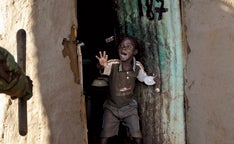
The winning photos from the 3rd Annual American Photo Images of the Year Competition
The post Images of the Year 2008 appeared first on Popular Photography.
]]>
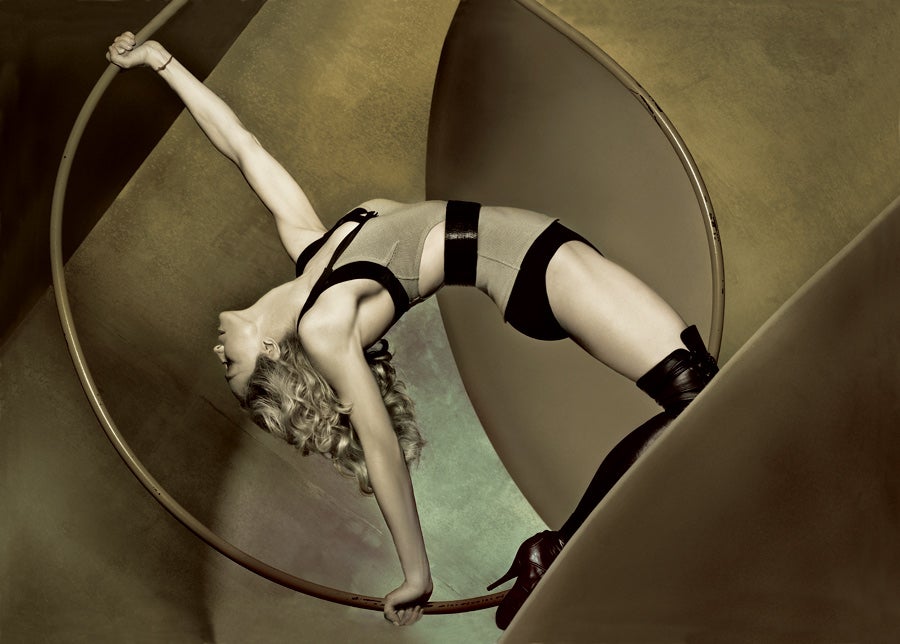
IOTY-001
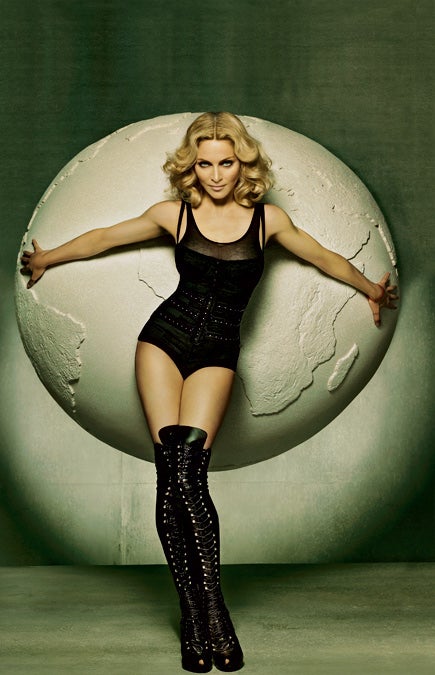
IOTY-002
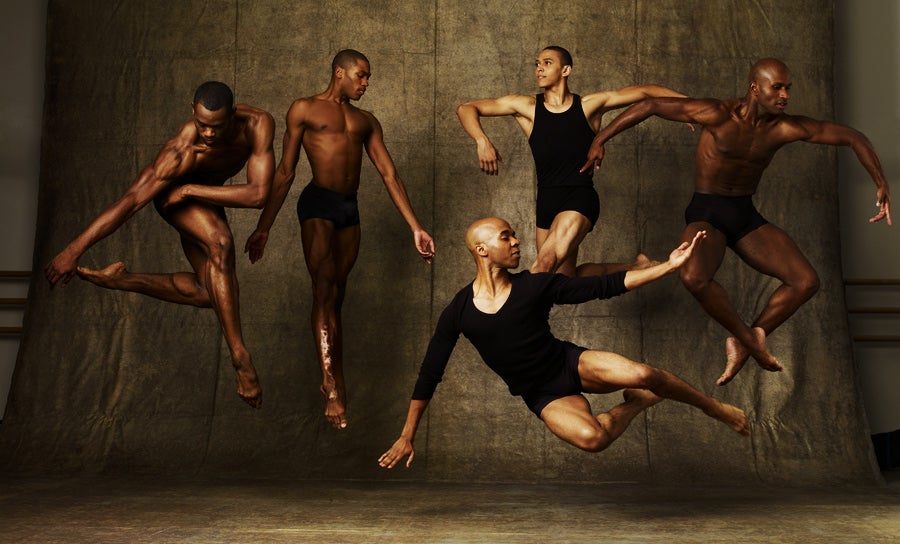
IOTY-003
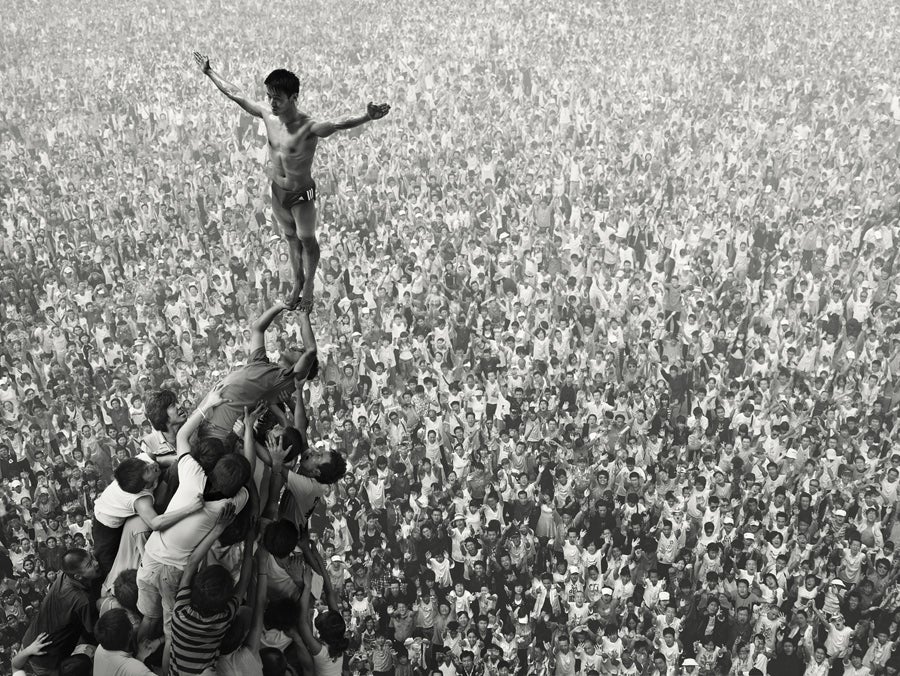
IOTY-004

IOTY-005
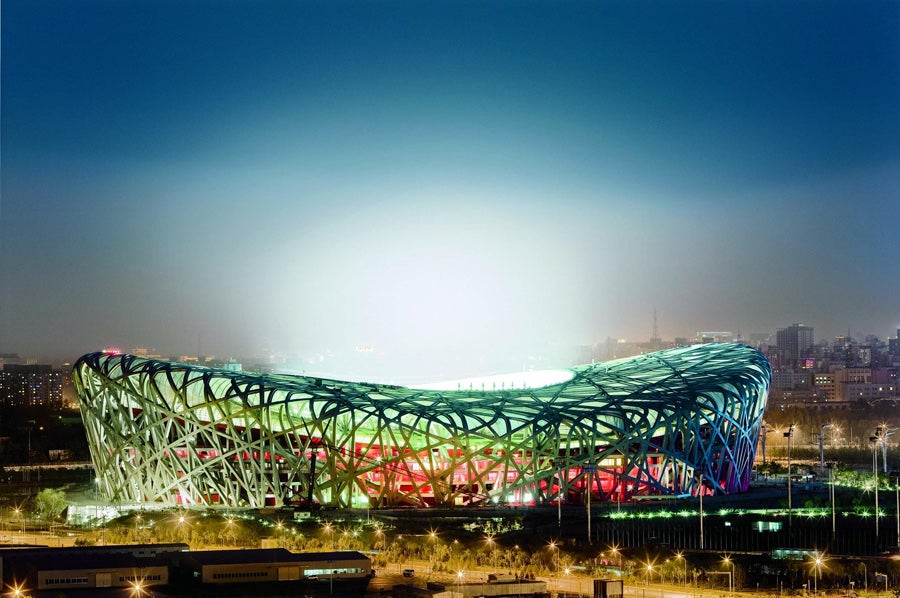
IOTY-007
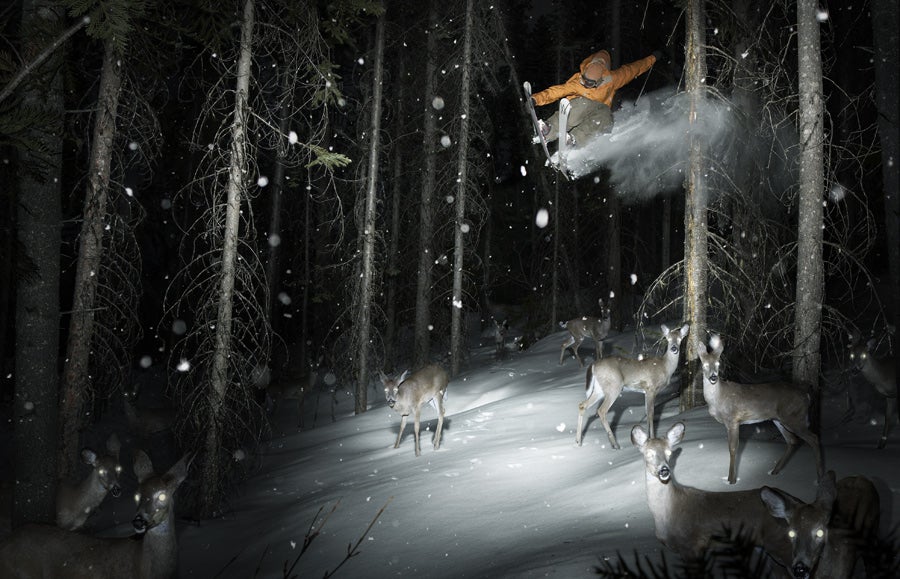
IOTY-008
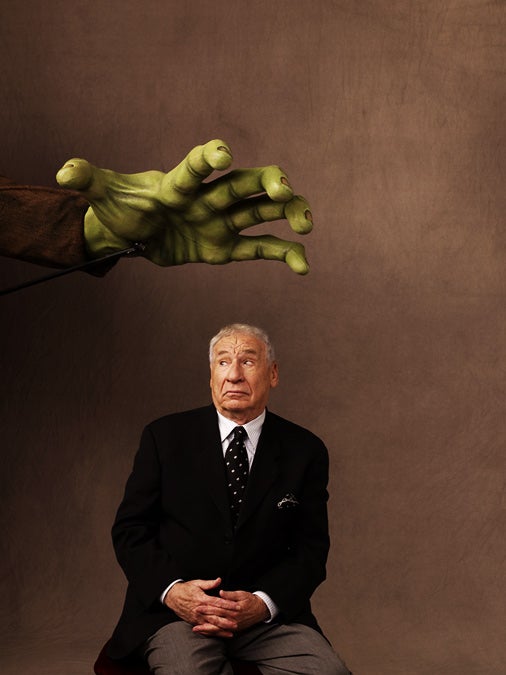
IOTY-009
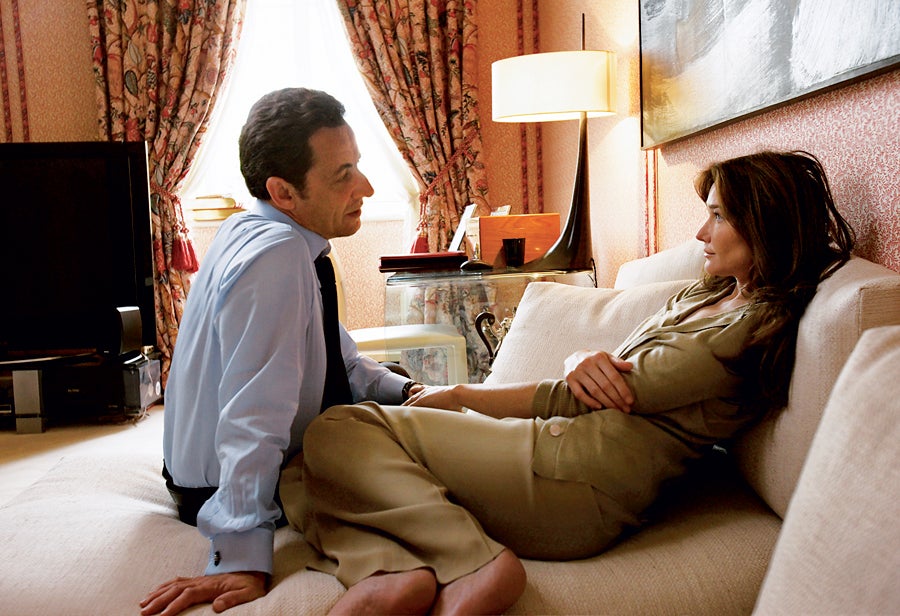
IOTY-010
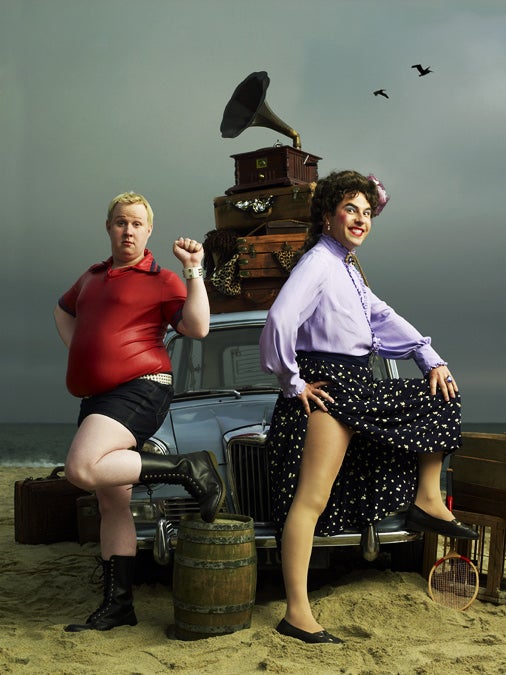
IOTY-011
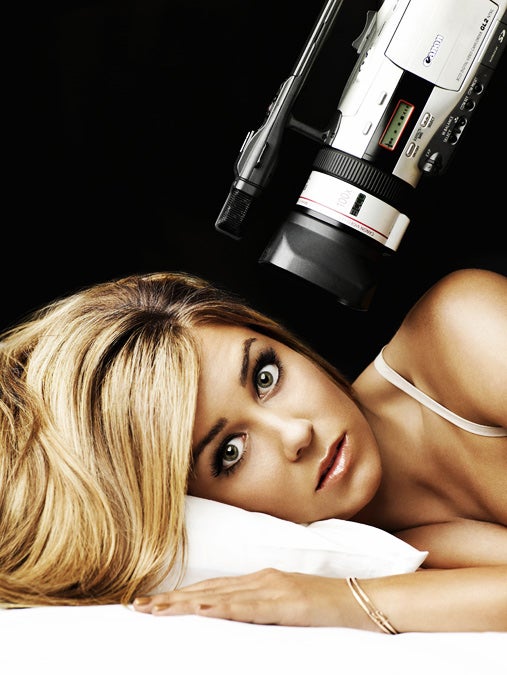
IOTY-012
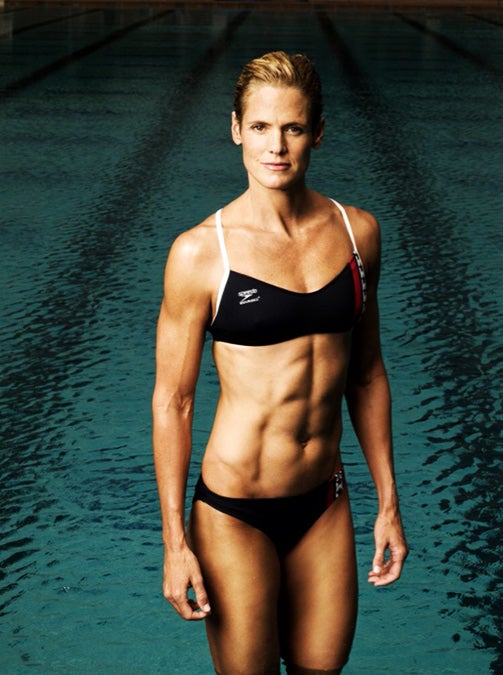
IOTY-013
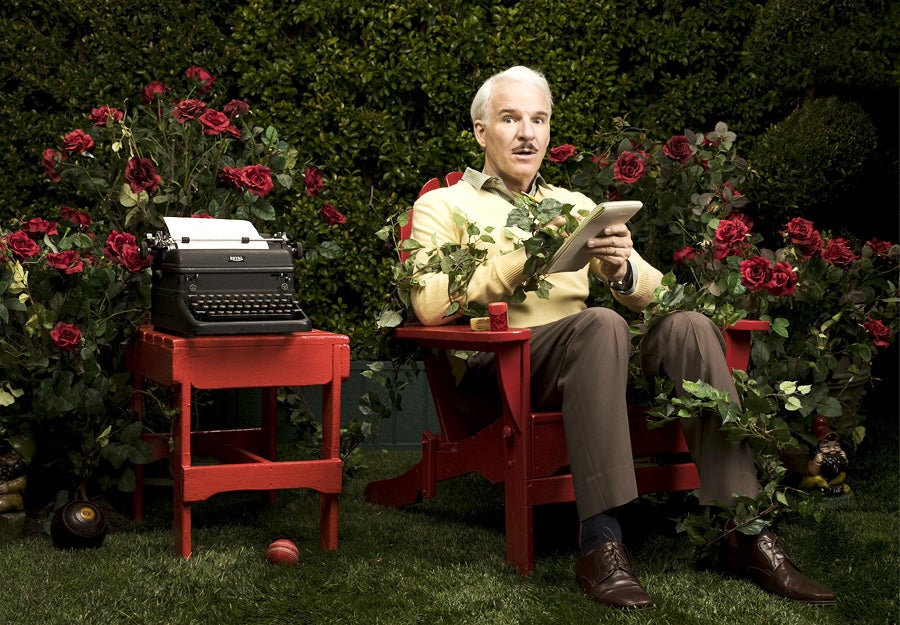
IOTY-014
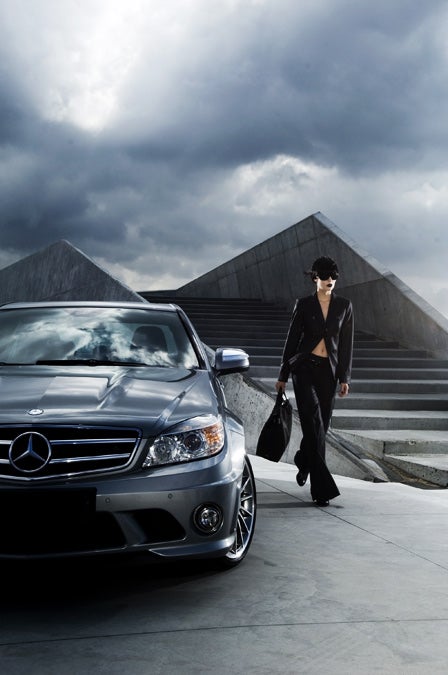
IOTY-015
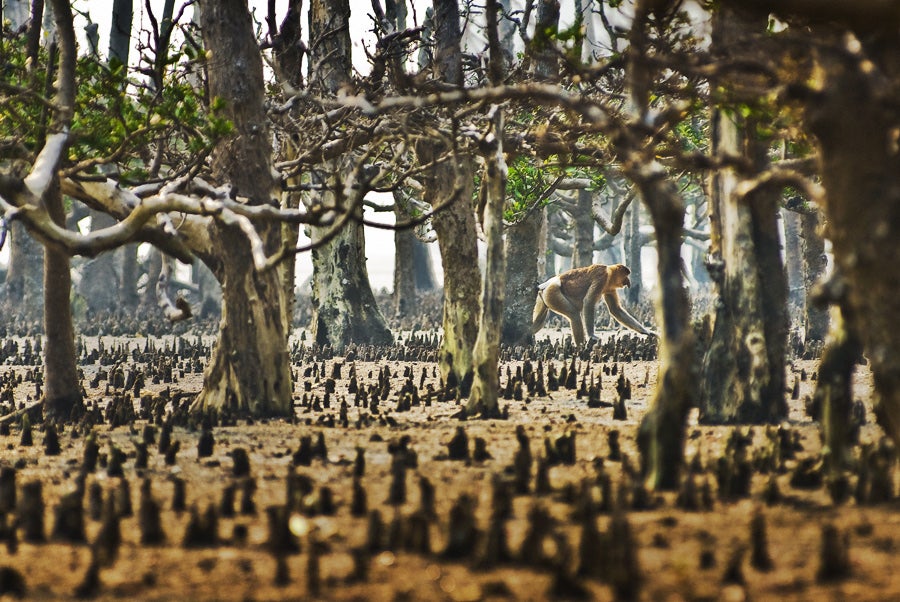
IOTY-016

IOTY-017
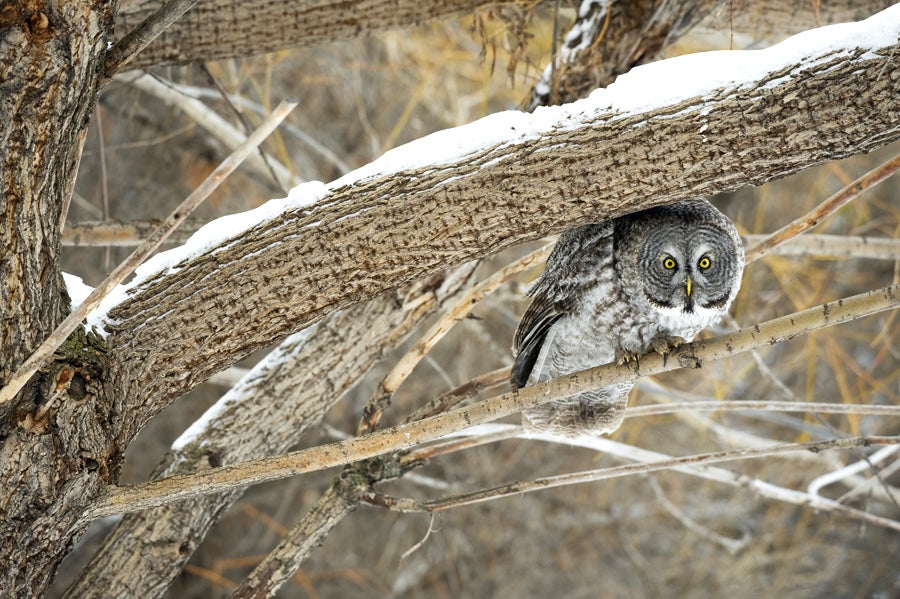
IOTY-018
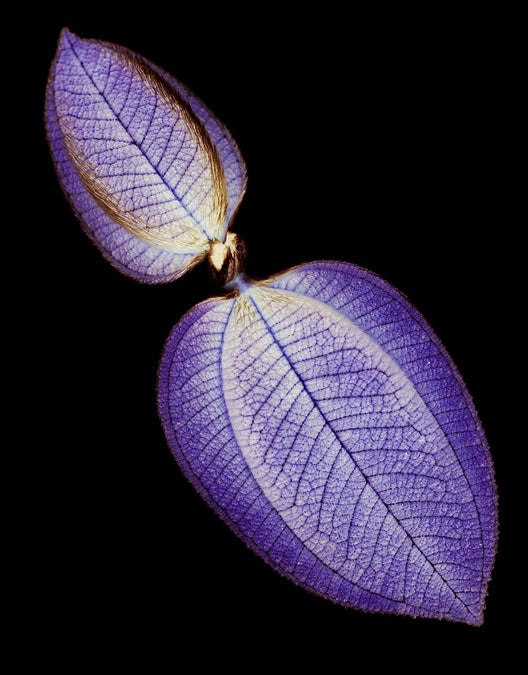
IOTY-019
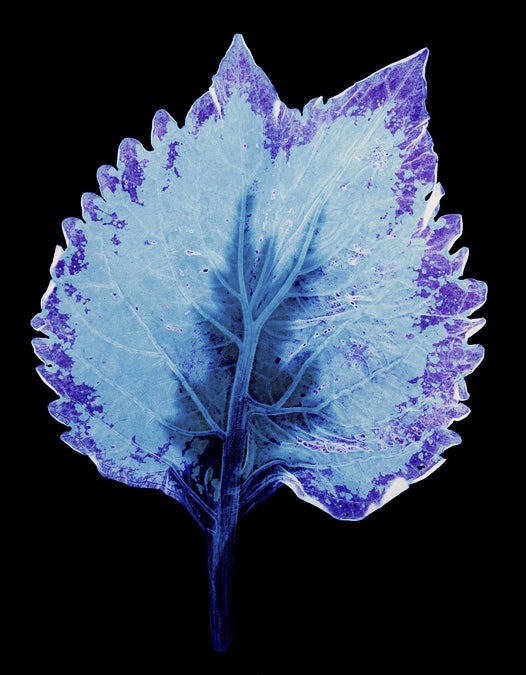
IOTY-020
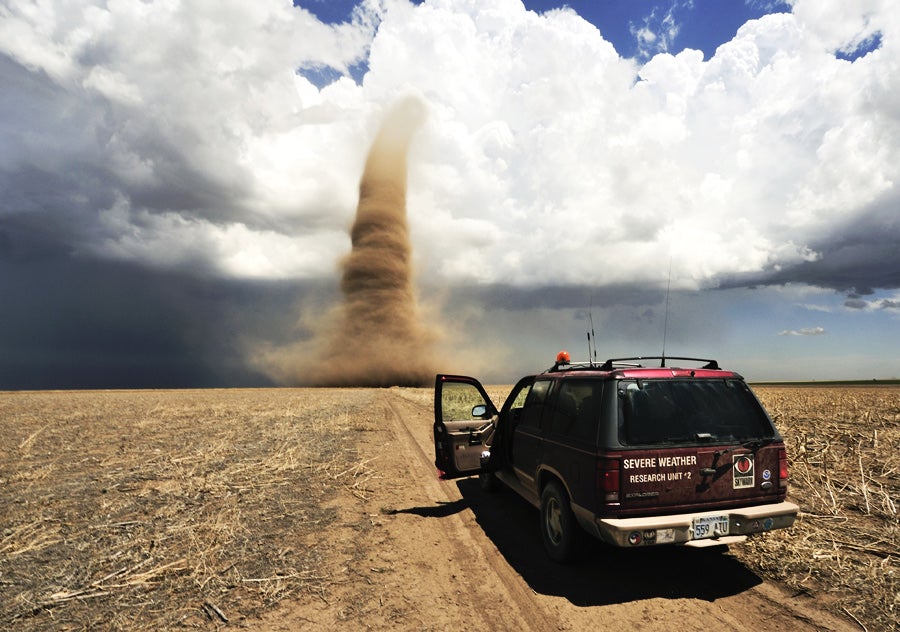
IOTY-021
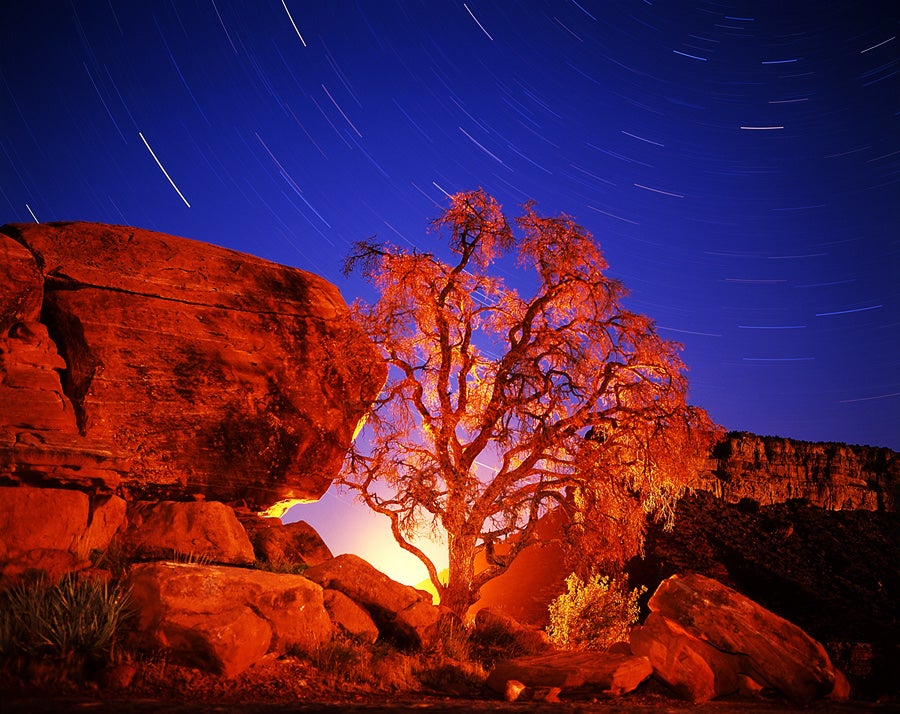
IOTY-022
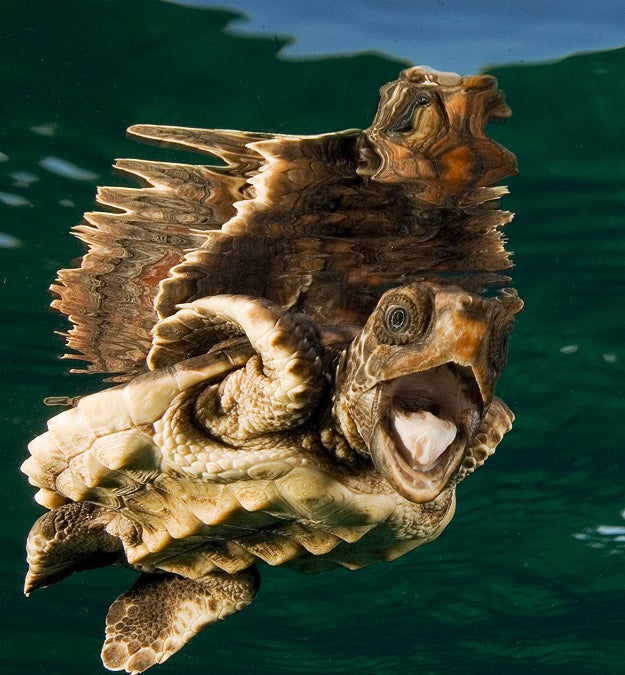
IOTY-023
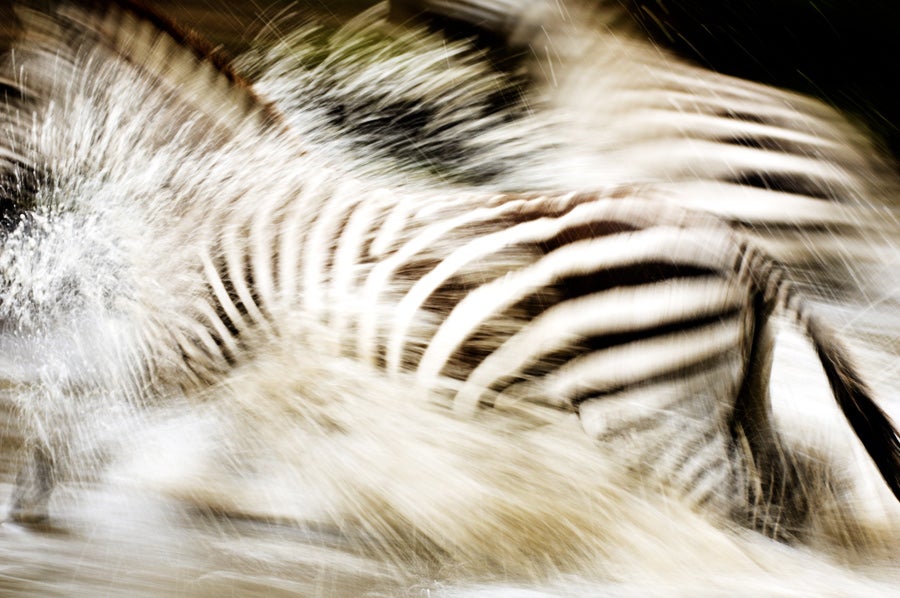
IOTY-024

IOTY-025
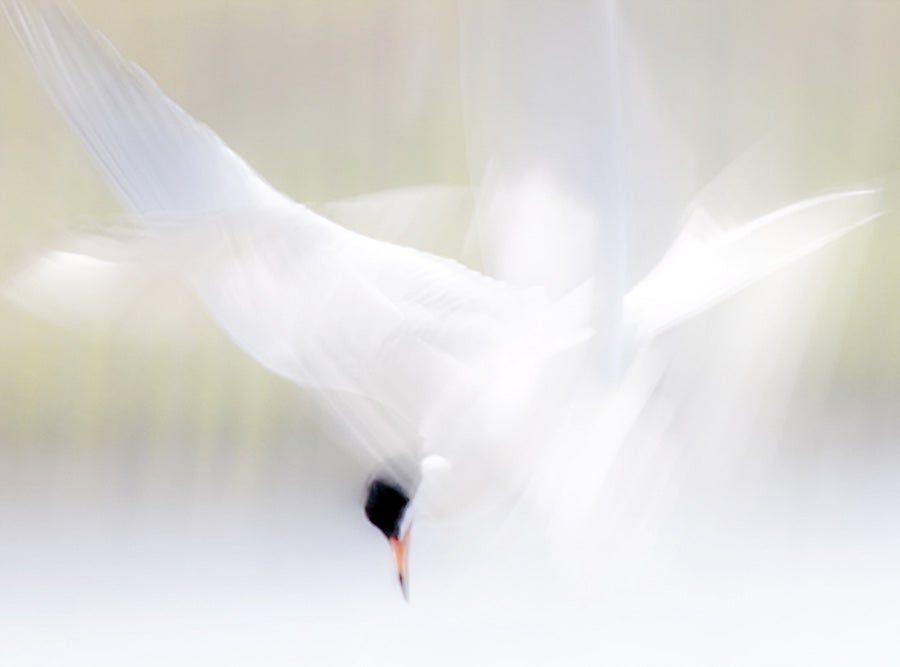
IOTY-026
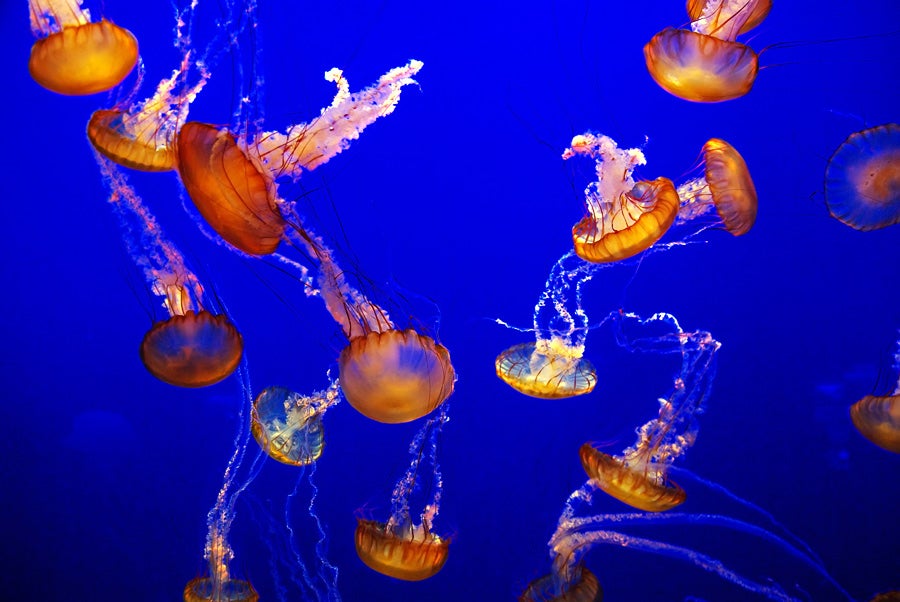
IOTY-027
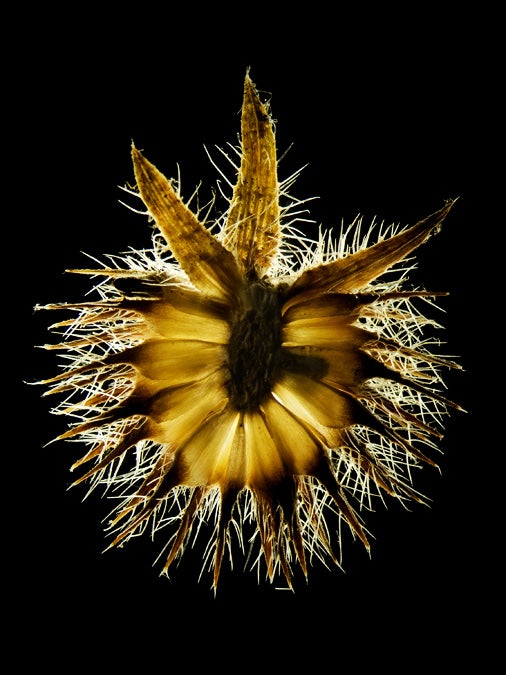
IOTY-028
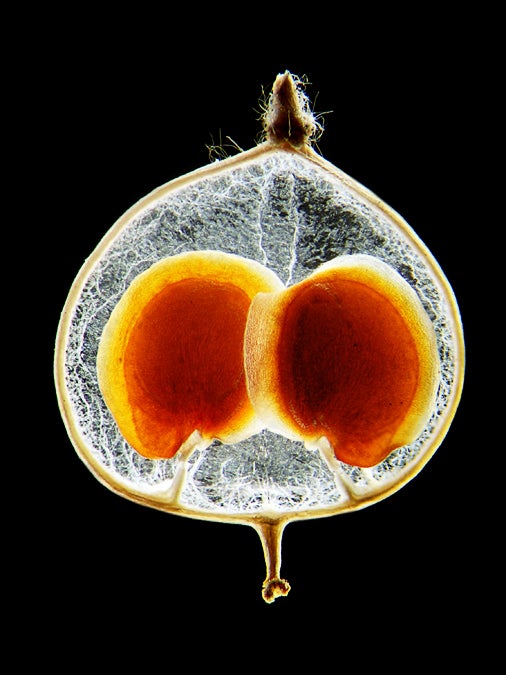
IOTY-029
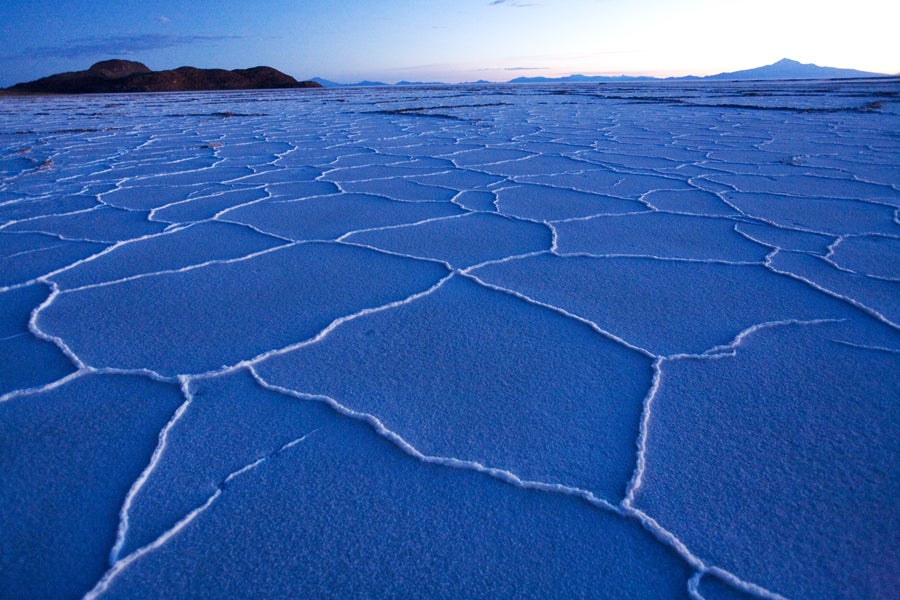
IOTY-030
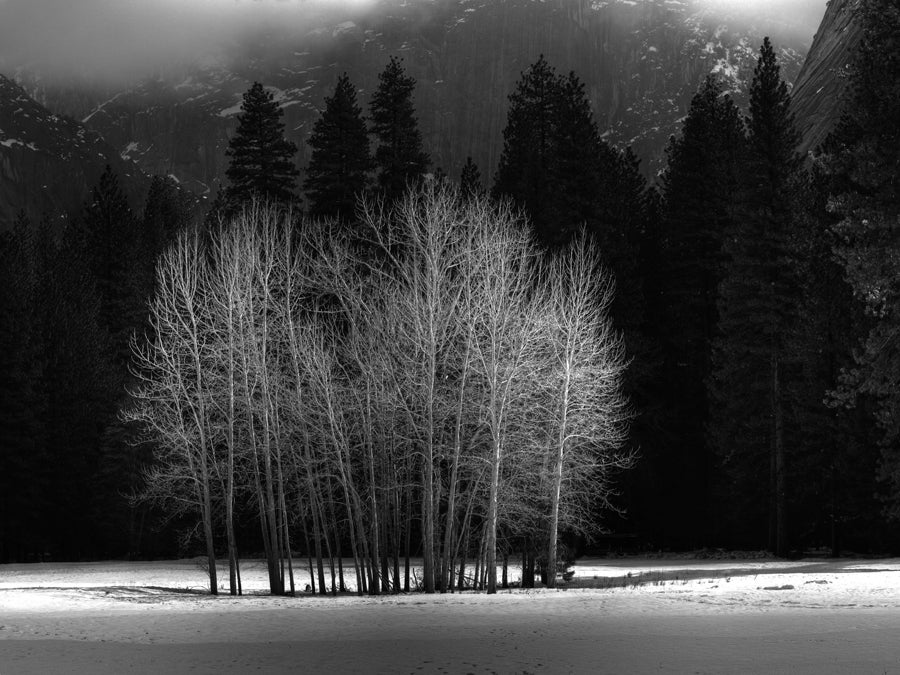
IOTY-031
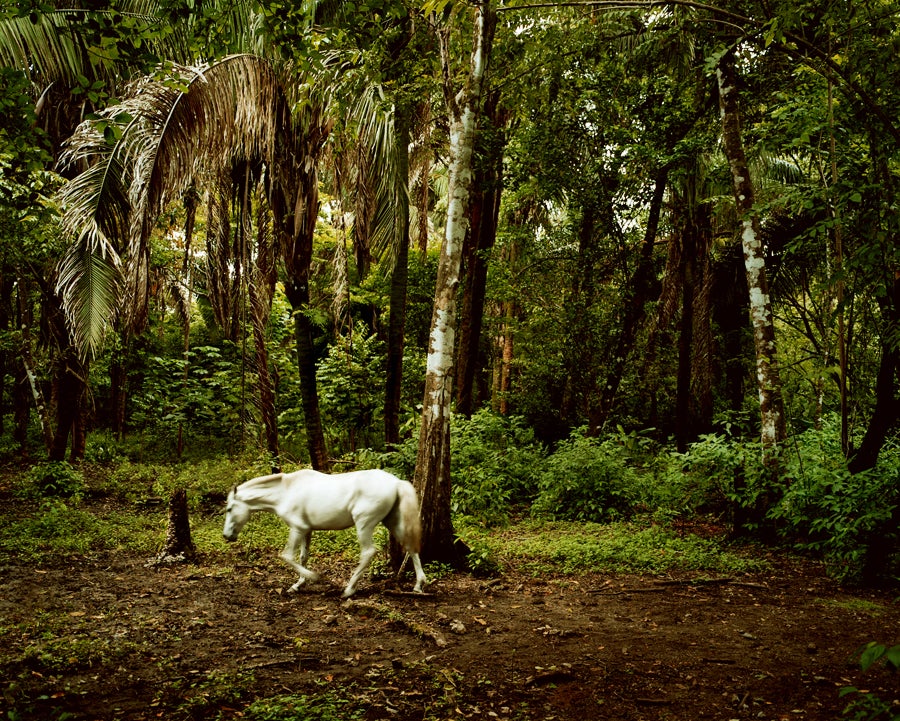
IOTY-032
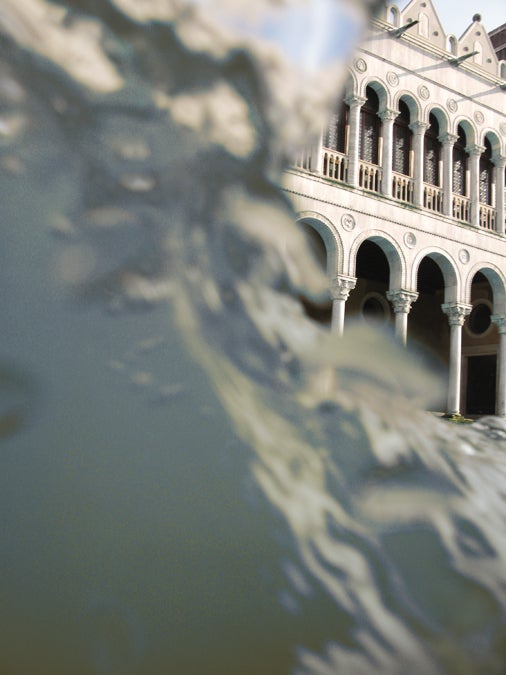
IOTY-033
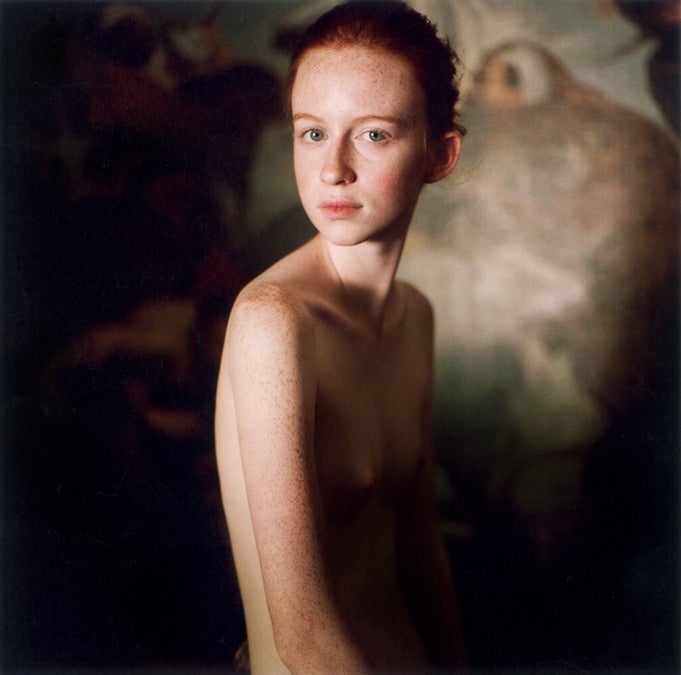
IOTY-034
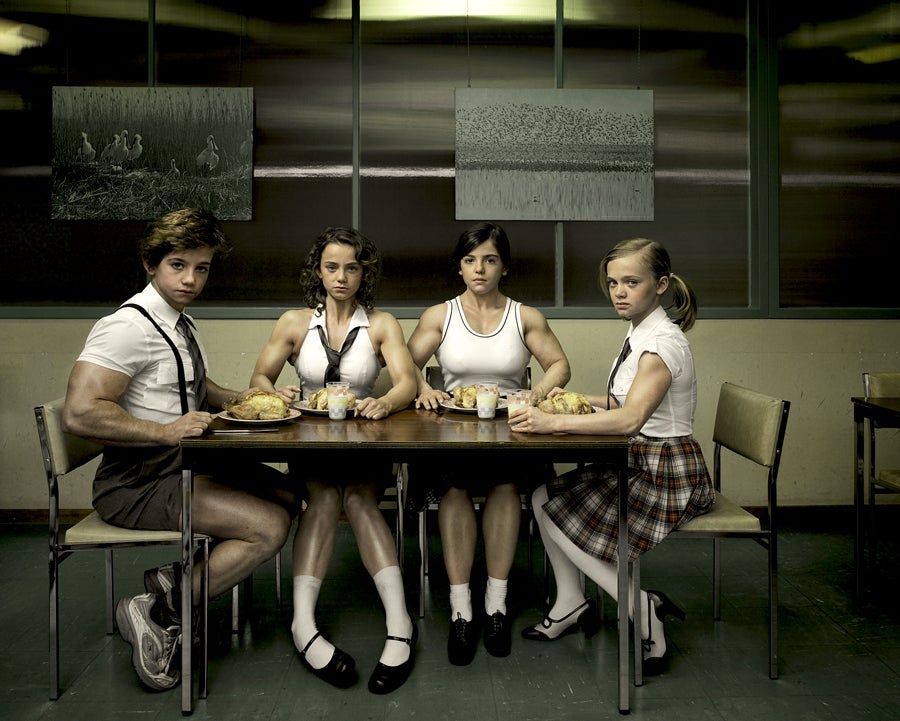
IOTY-035
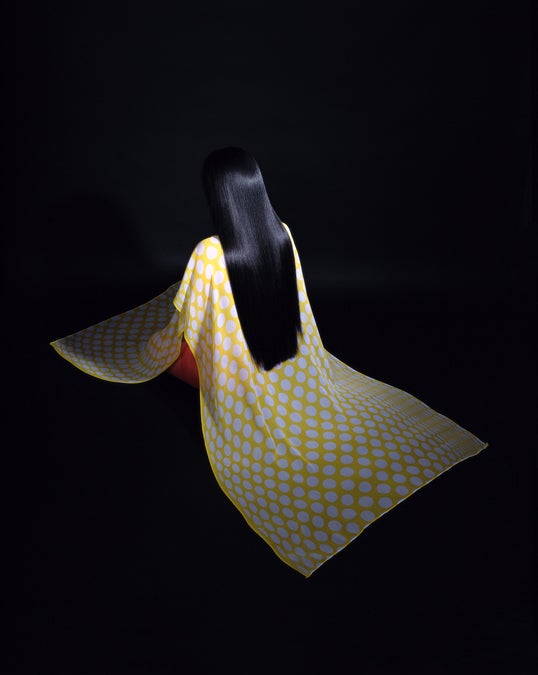
IOTY-036
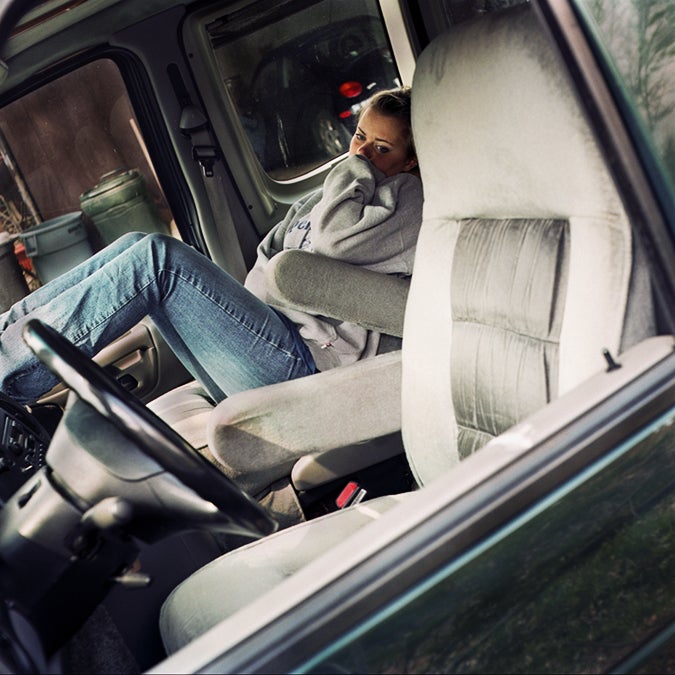
IOTY-037
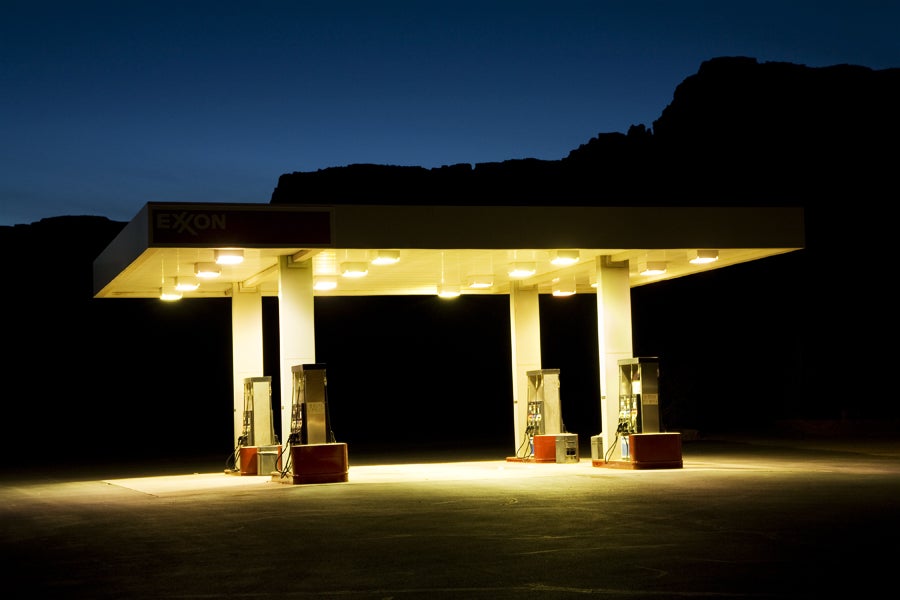
IOTY-038
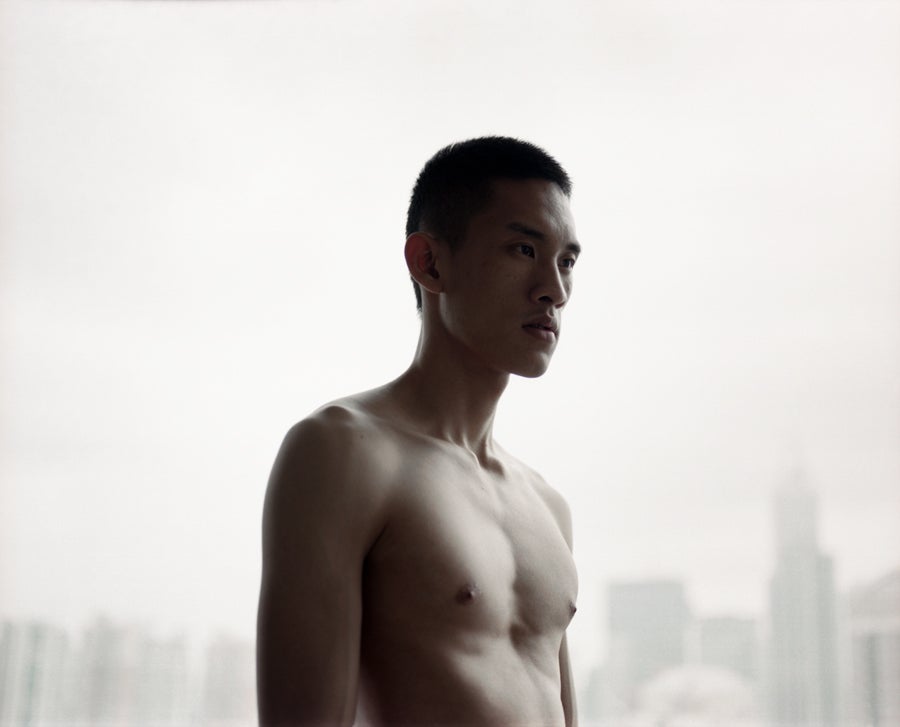
IOTY-039
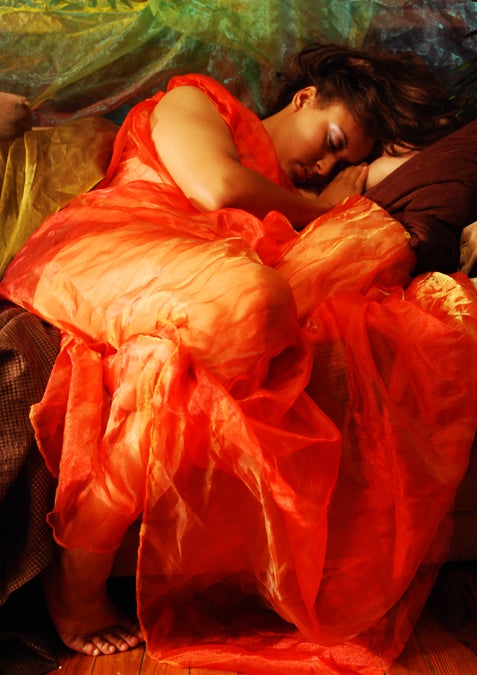
IOTY-040
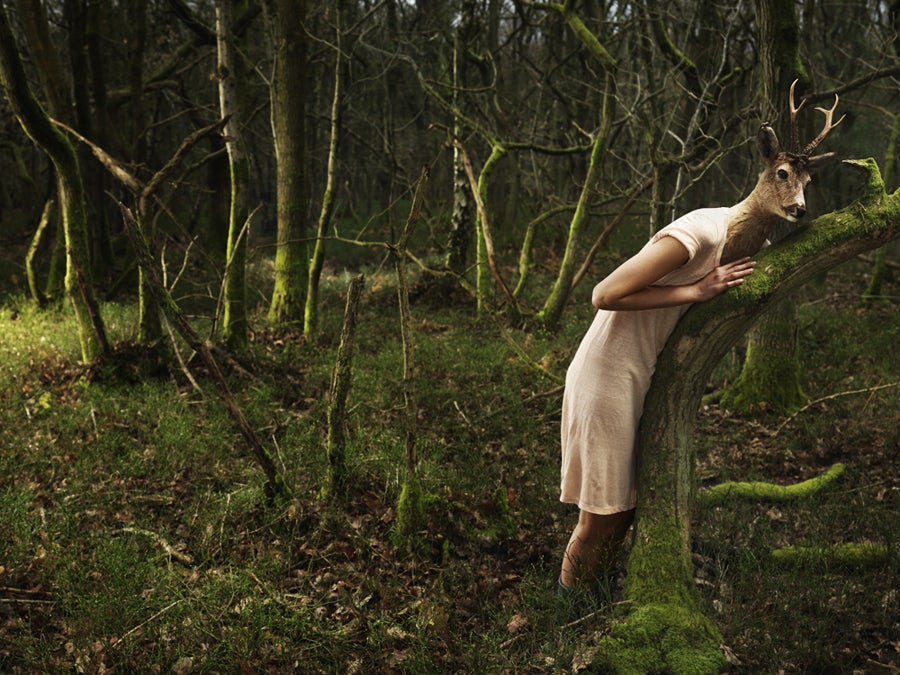
IOTY-041
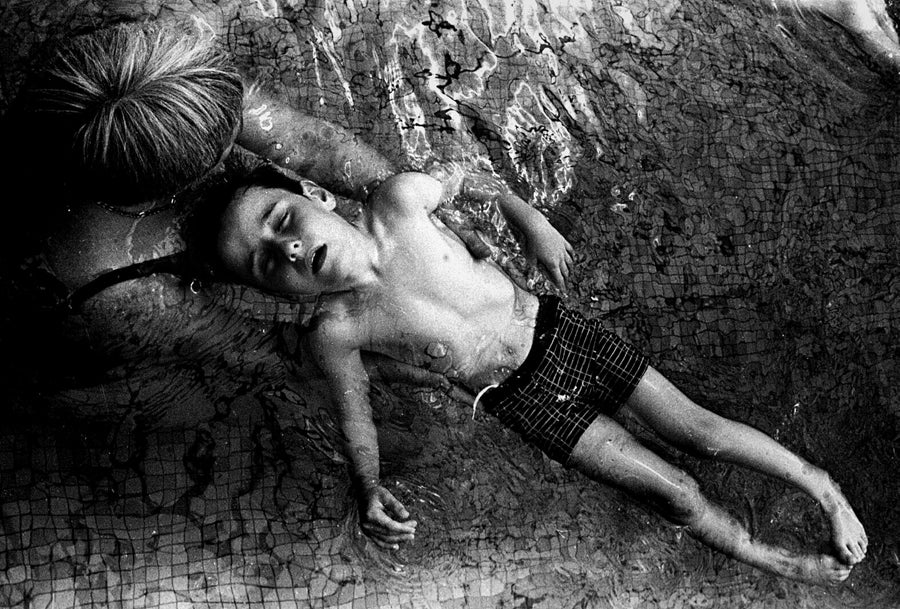
IOTY-042
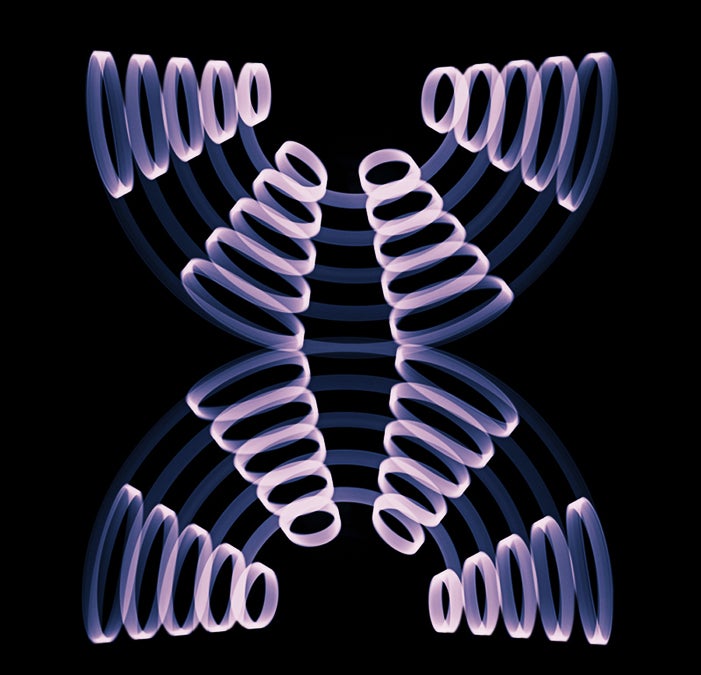
IOTY-043
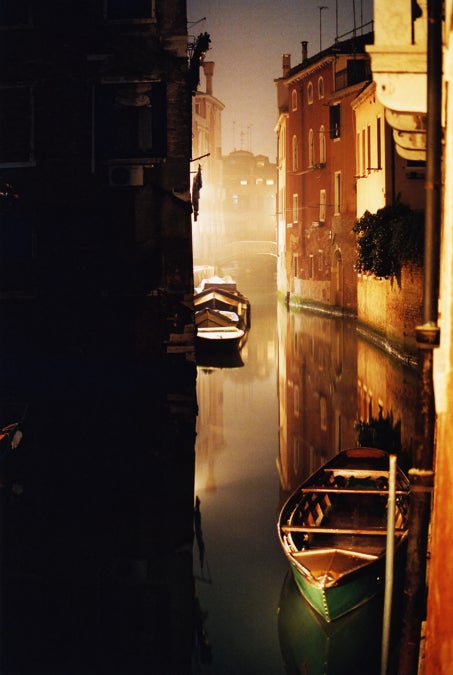
IOTY-044
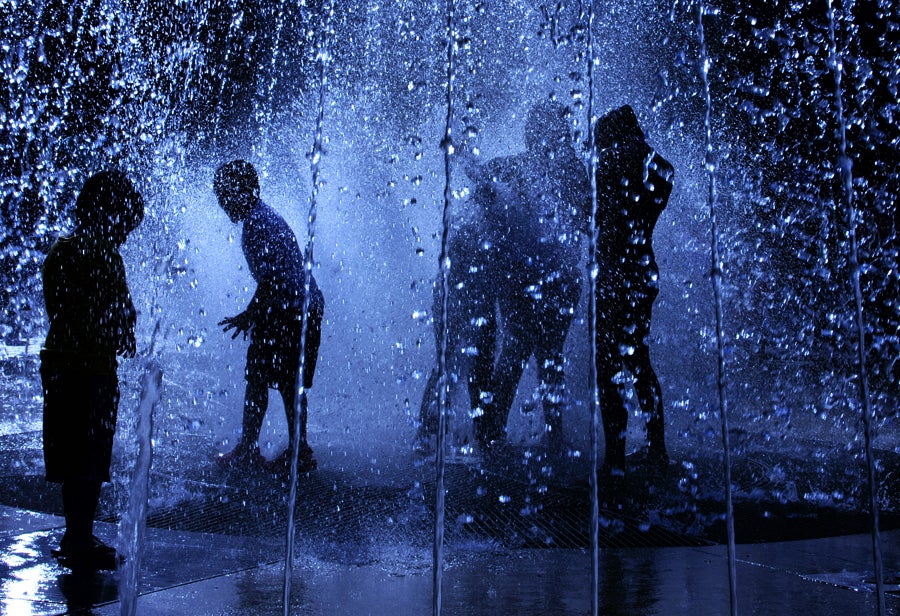
IOTY-045
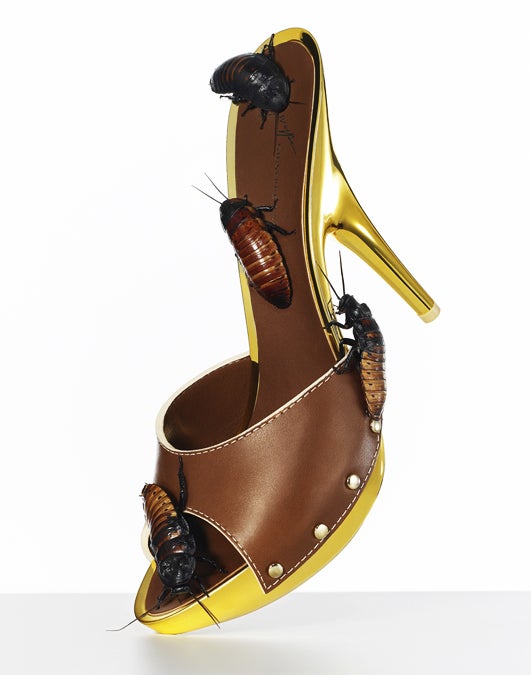
IOTY-046
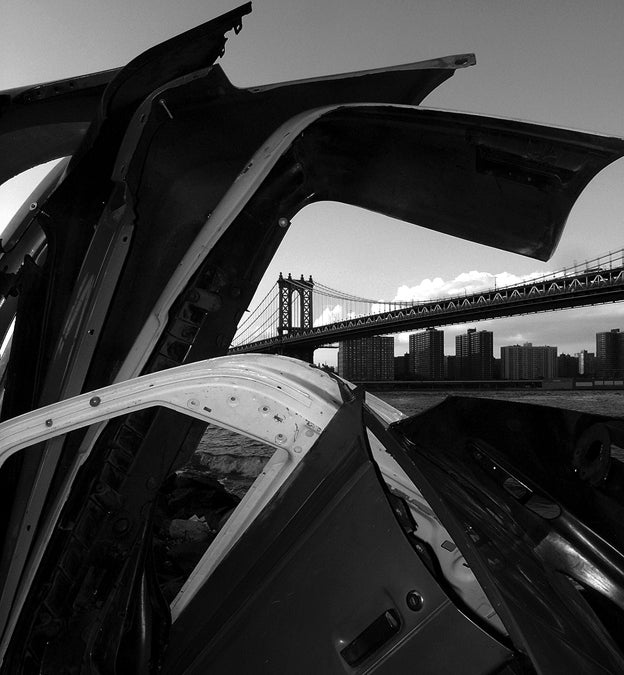
IOTY-047
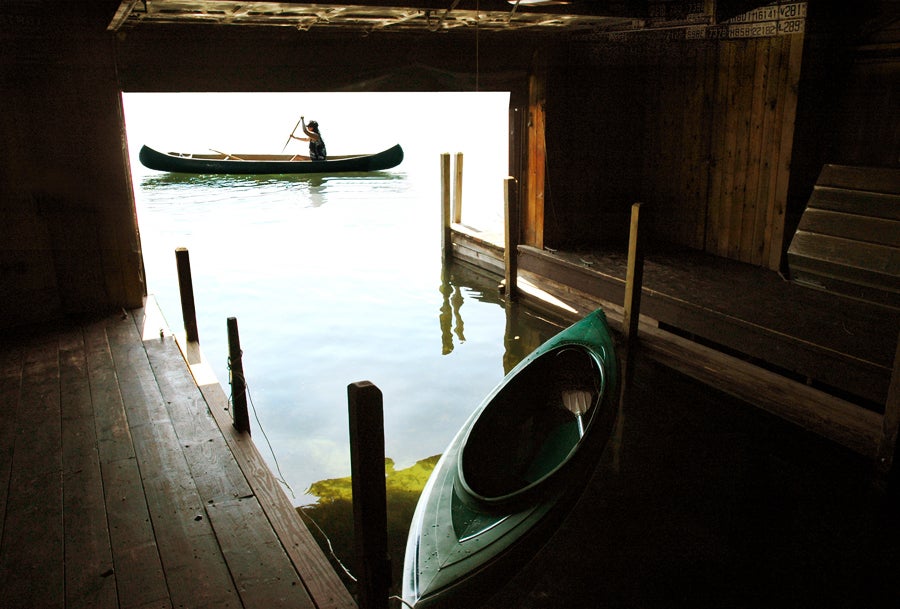
IOTY-048
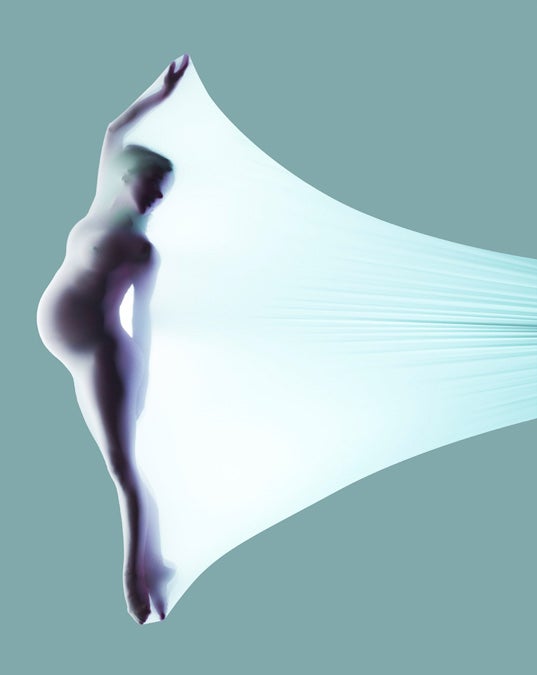
IOTY-049
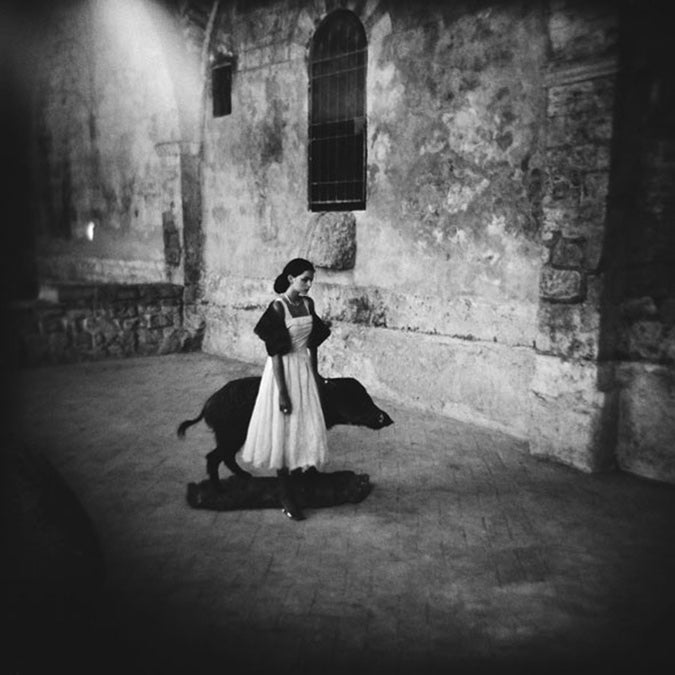
IOTY-050
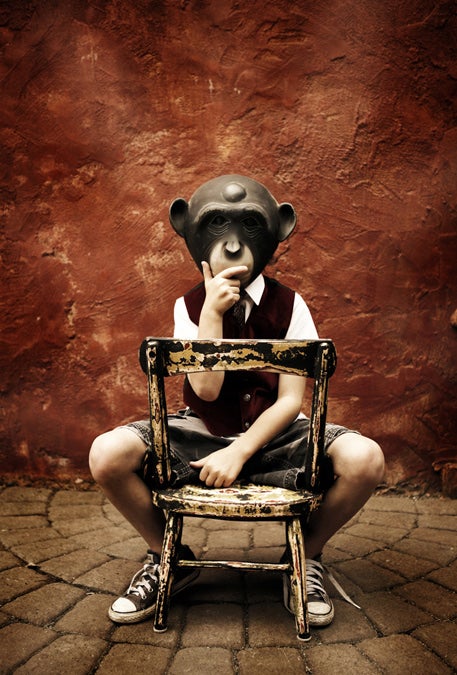
IOTY-051
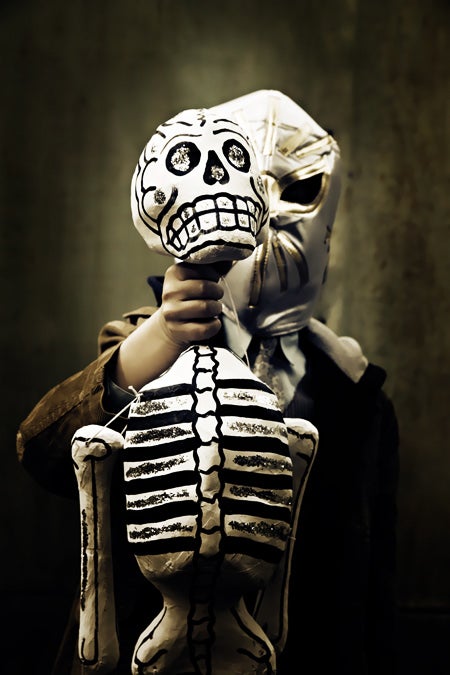
IOTY-052
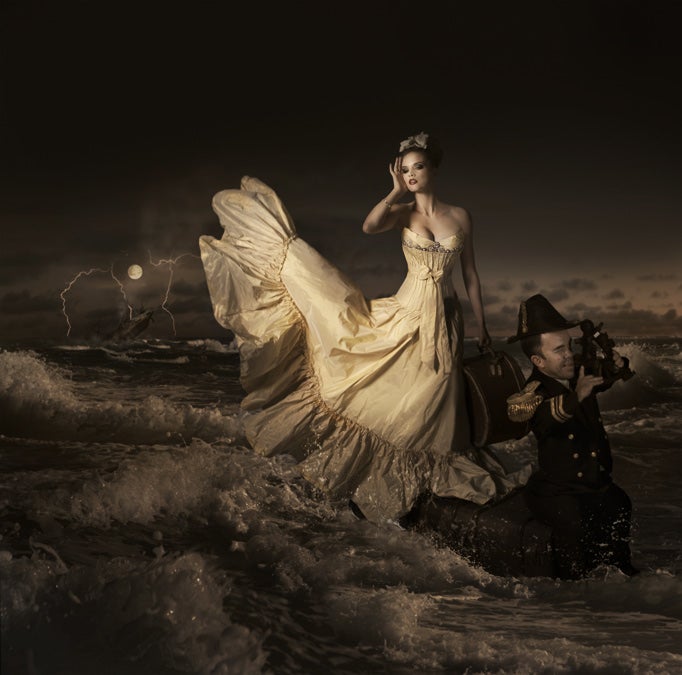
IOTY-053
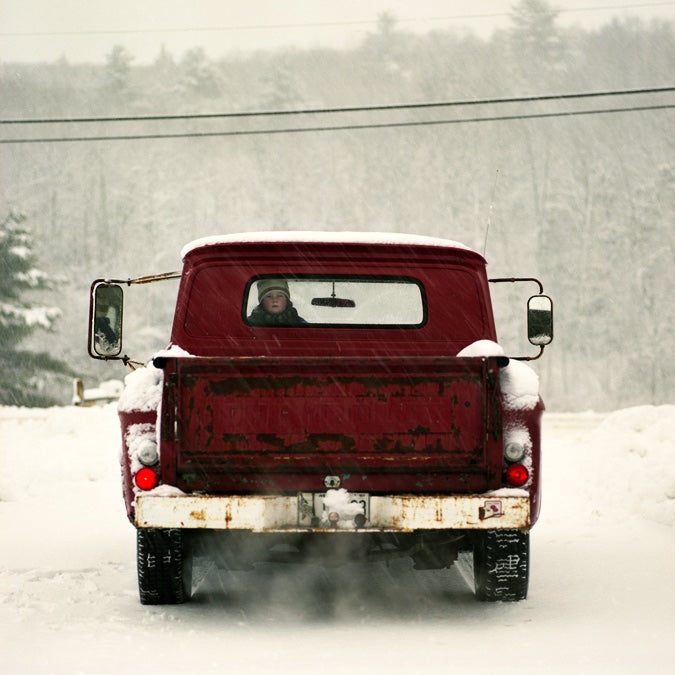
IOTY-054
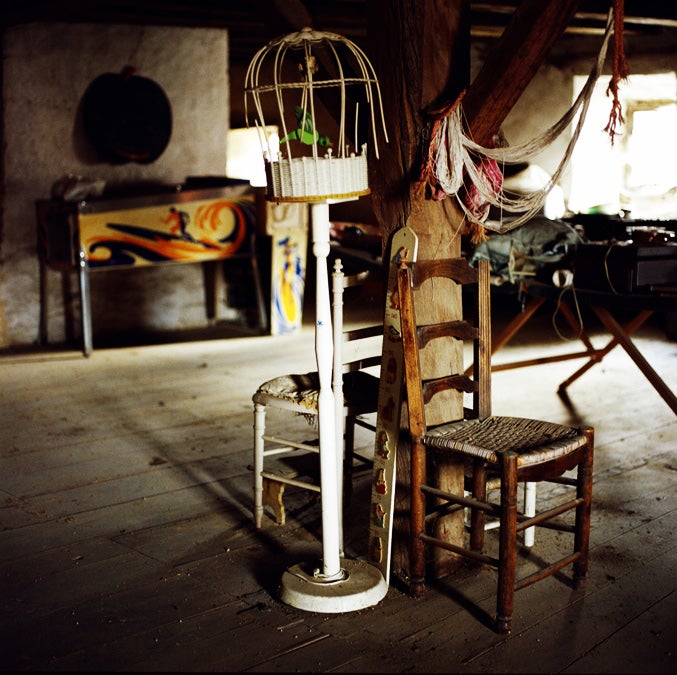
IOTY-055
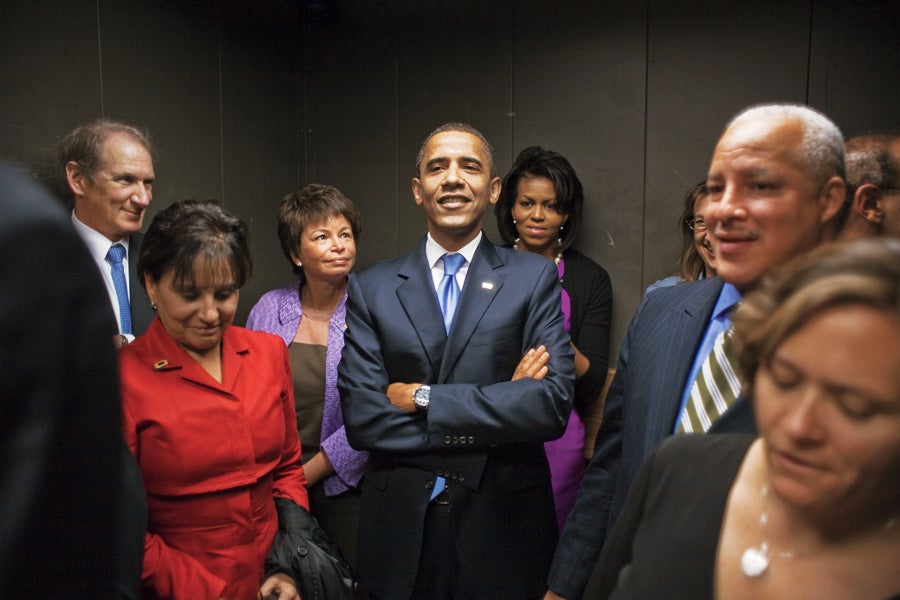
IOTY-056
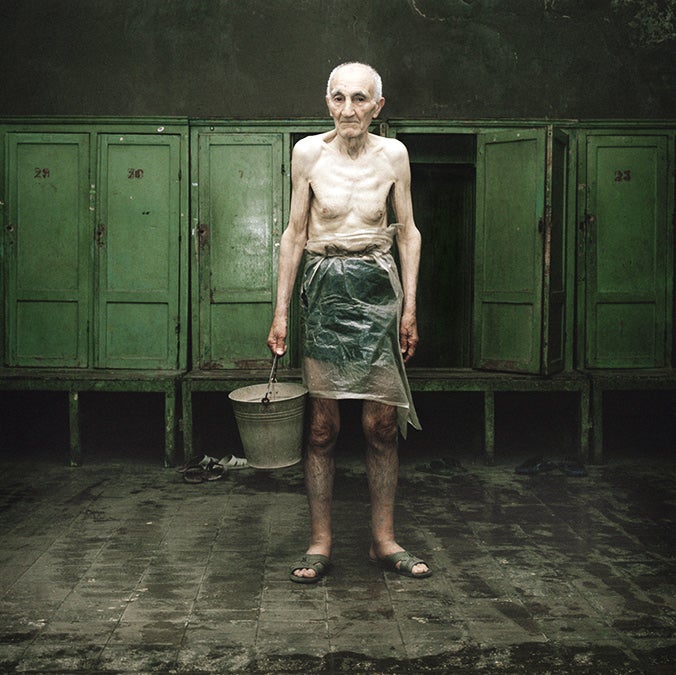
IOTY-057
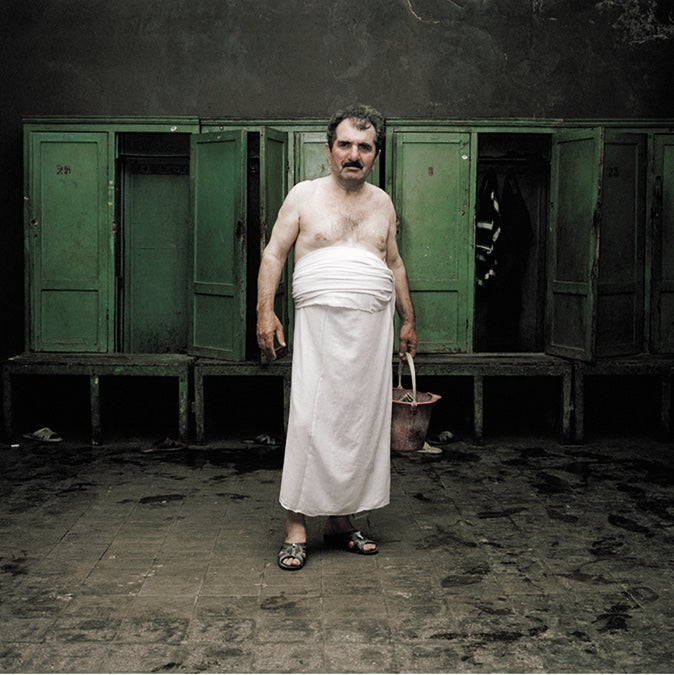
IOTY-058
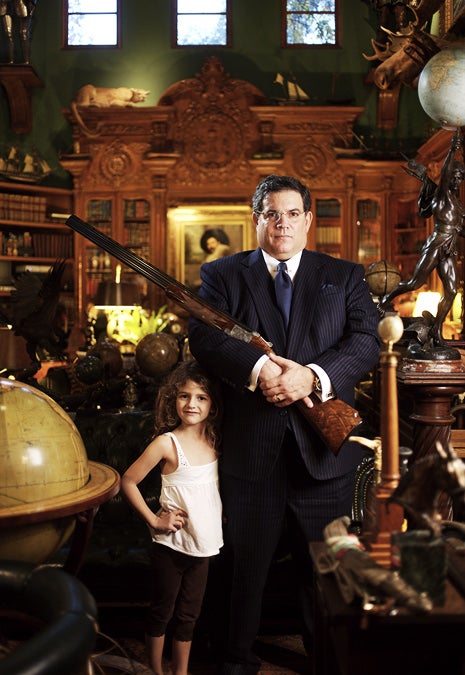
IOTY-059
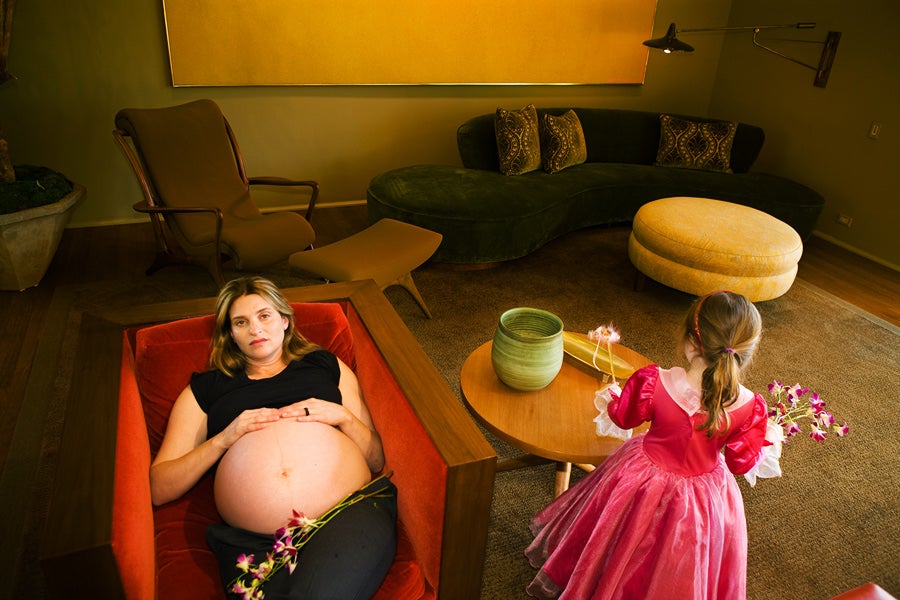
IOTY-060
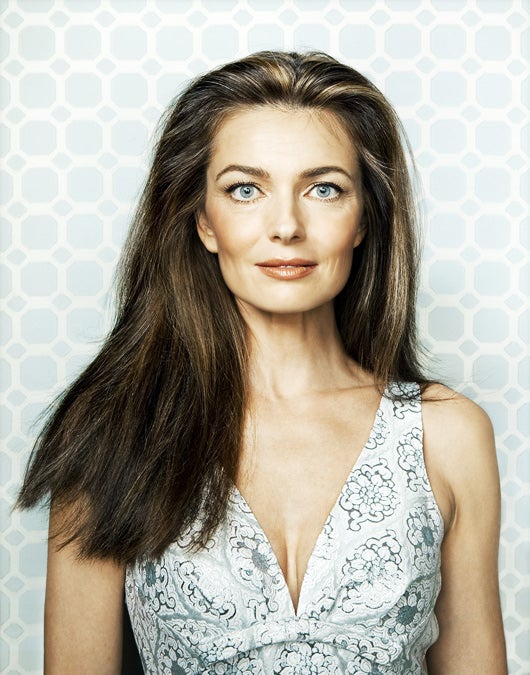
IOTY-062
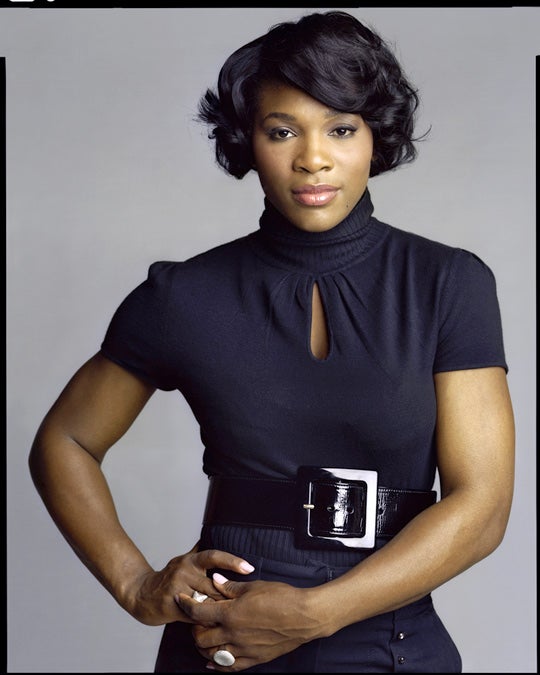
IOTY-063
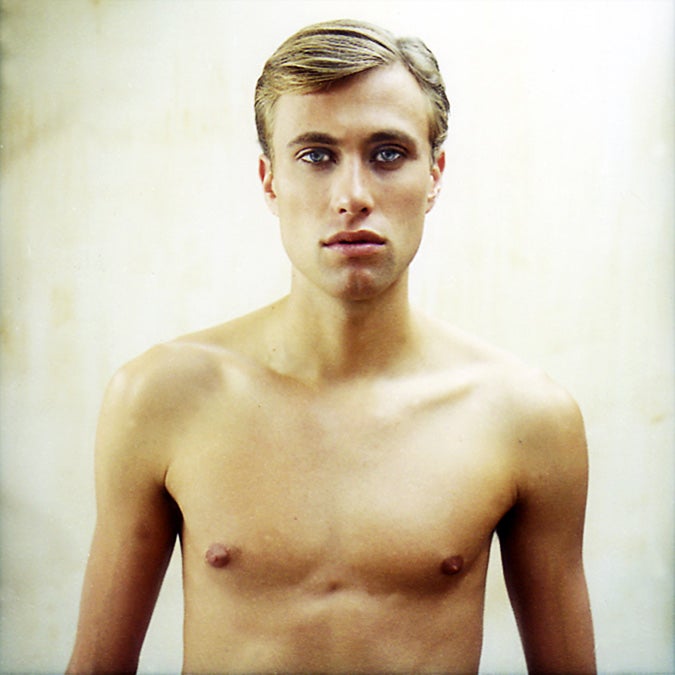
IOTY-064
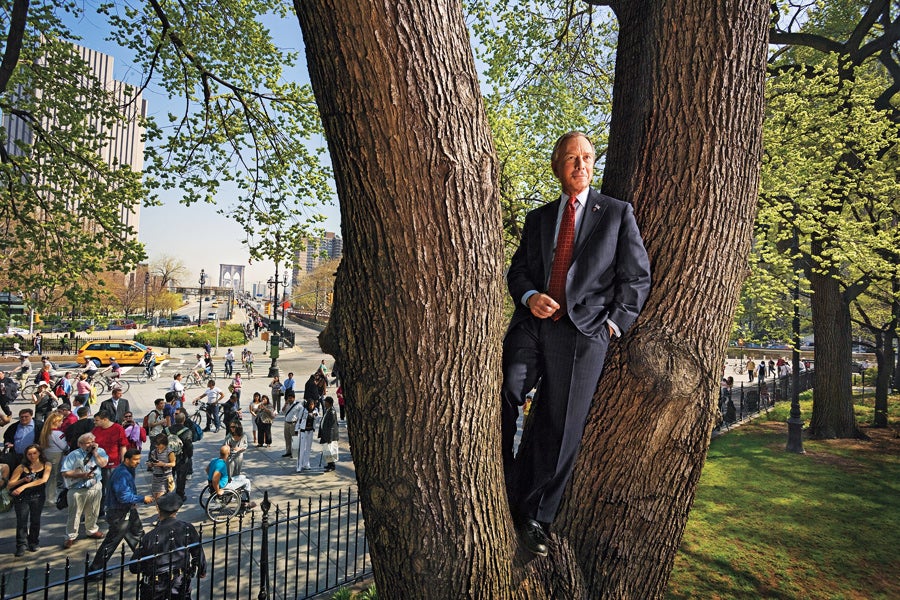
IOTY-066
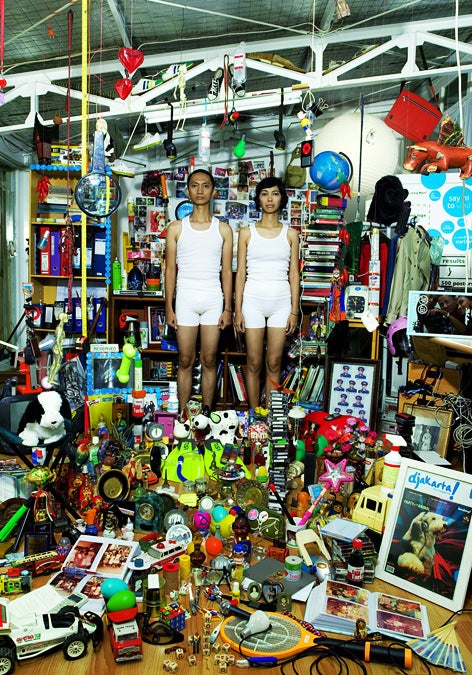
IOTY-067
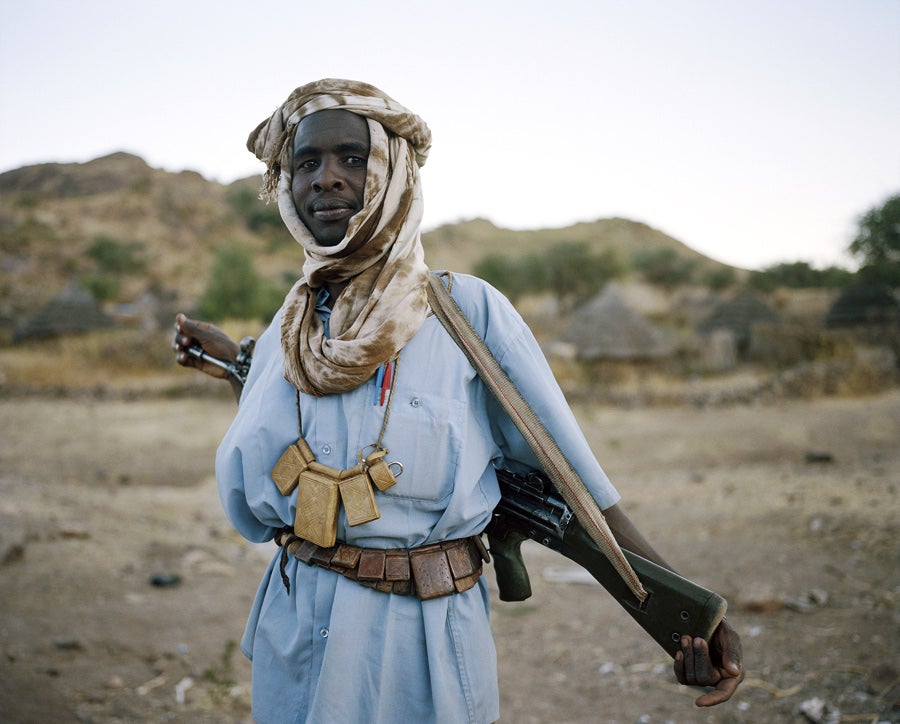
IOTY-068
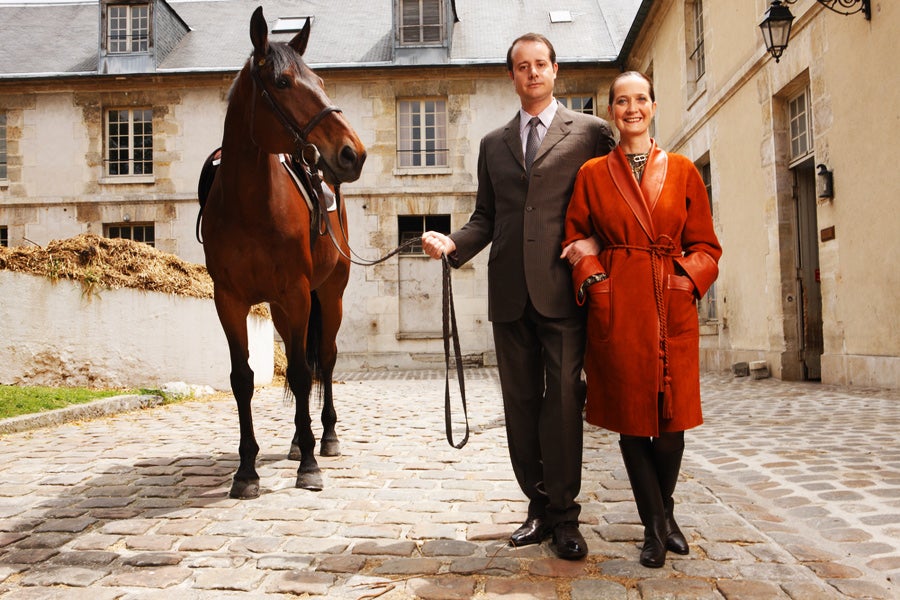
IOTY-069
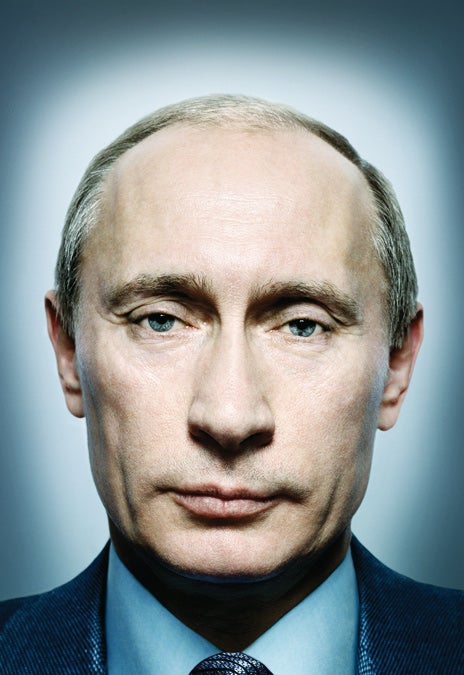
IOTY-070
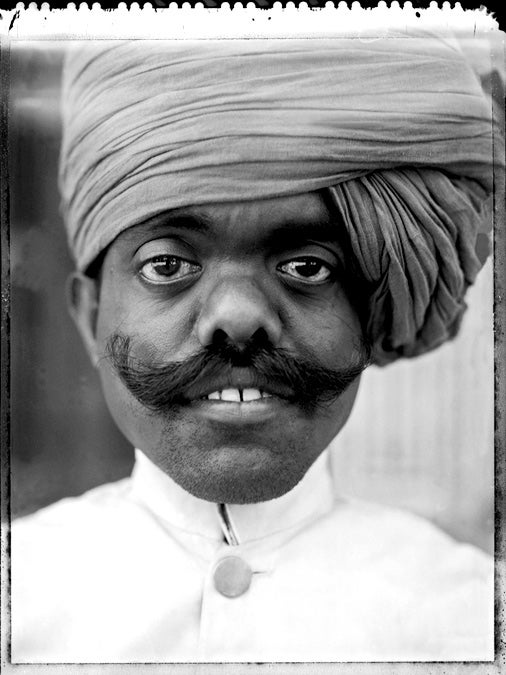
IOTY-071
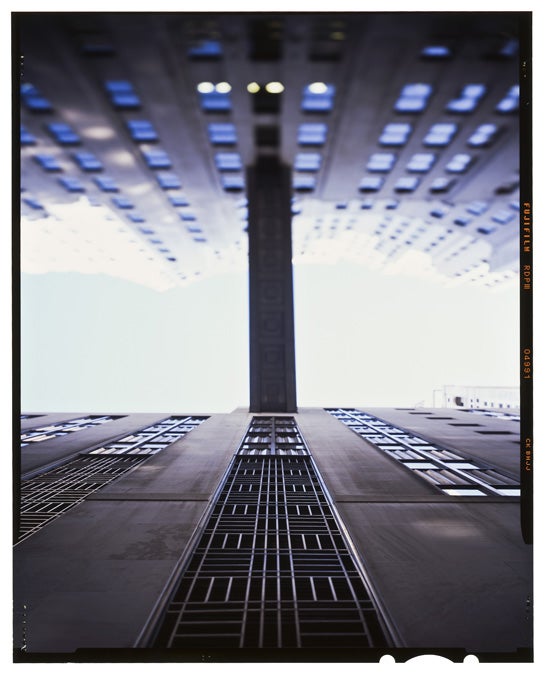
IOTY-072
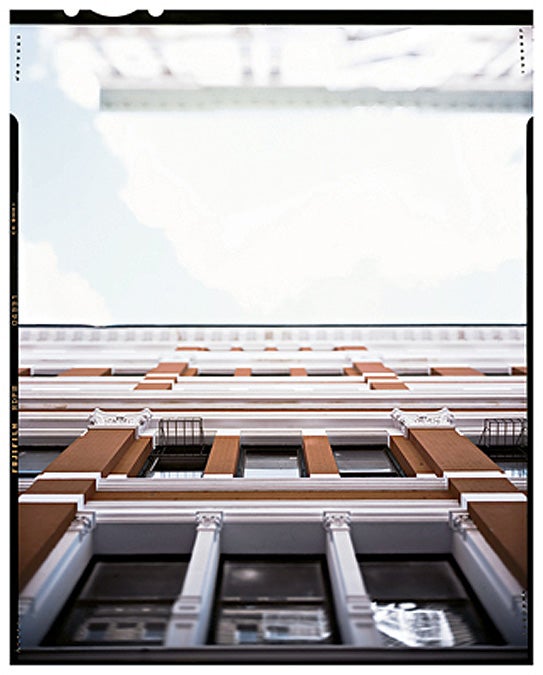
IOTY-073
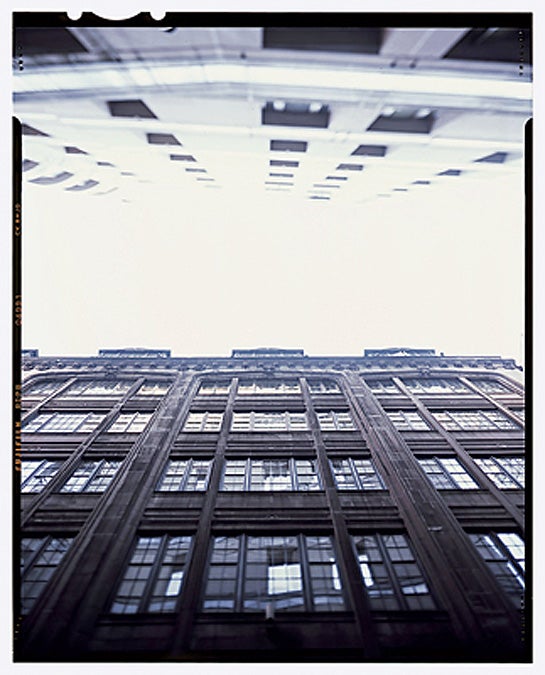
IOTY-074
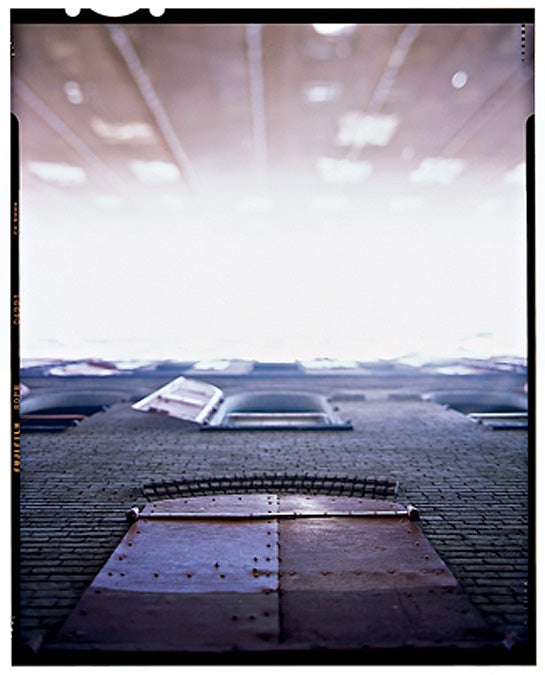
IOTY-075
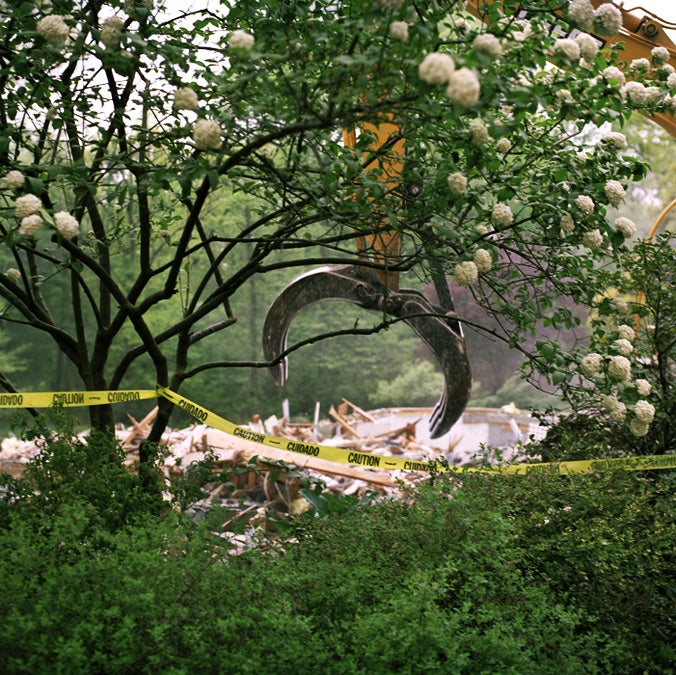
IOTY-076
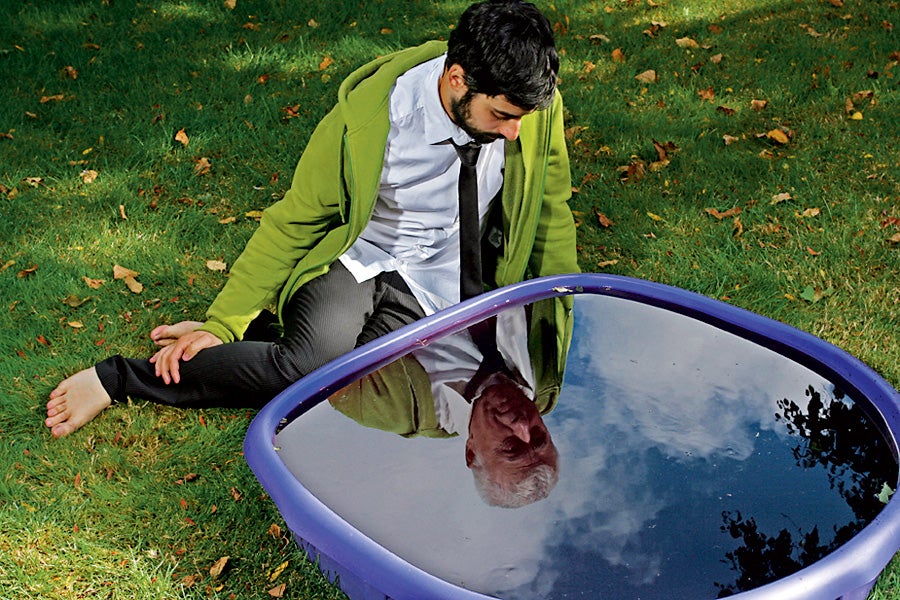
IOTY-077
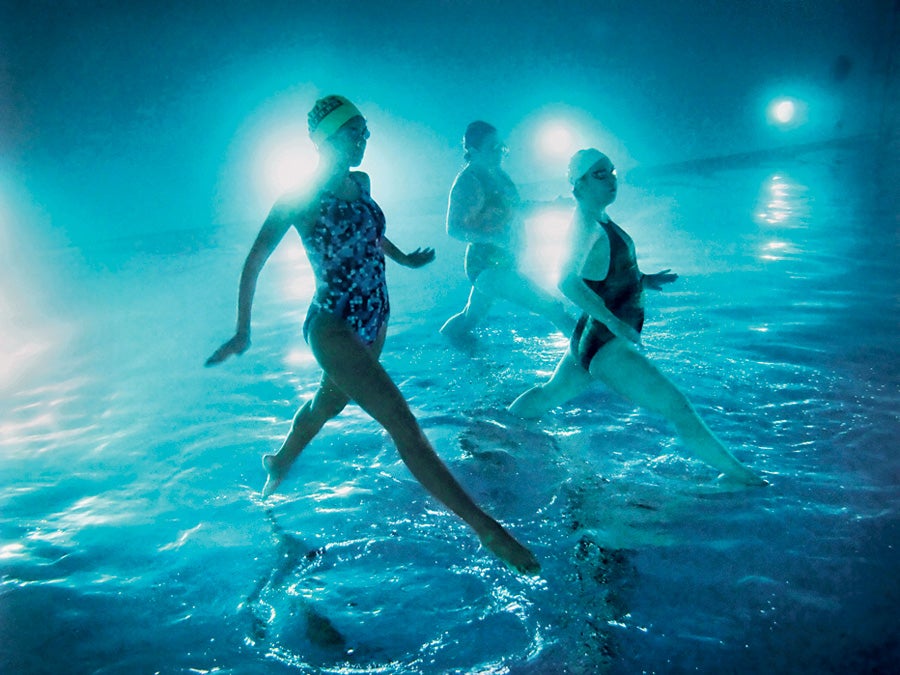
IOTY-078
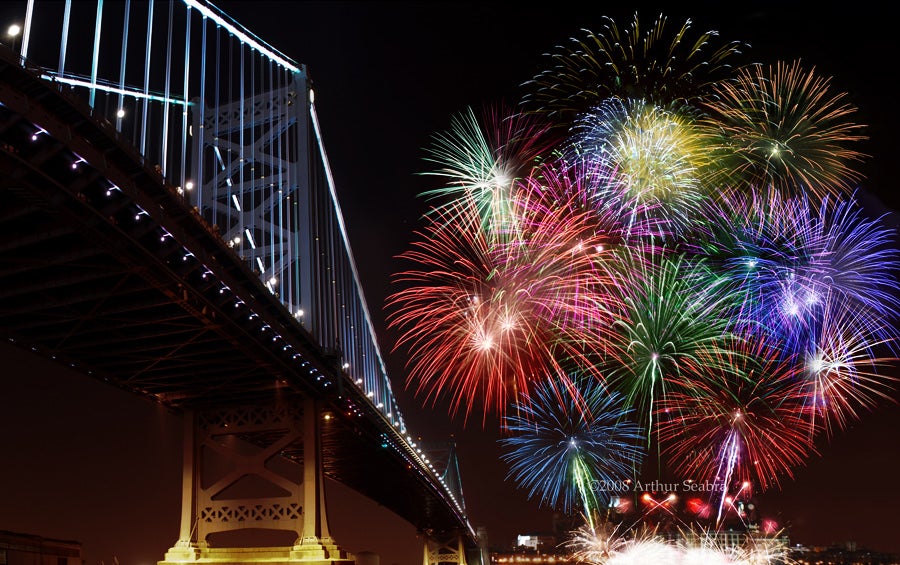
IOTY-079
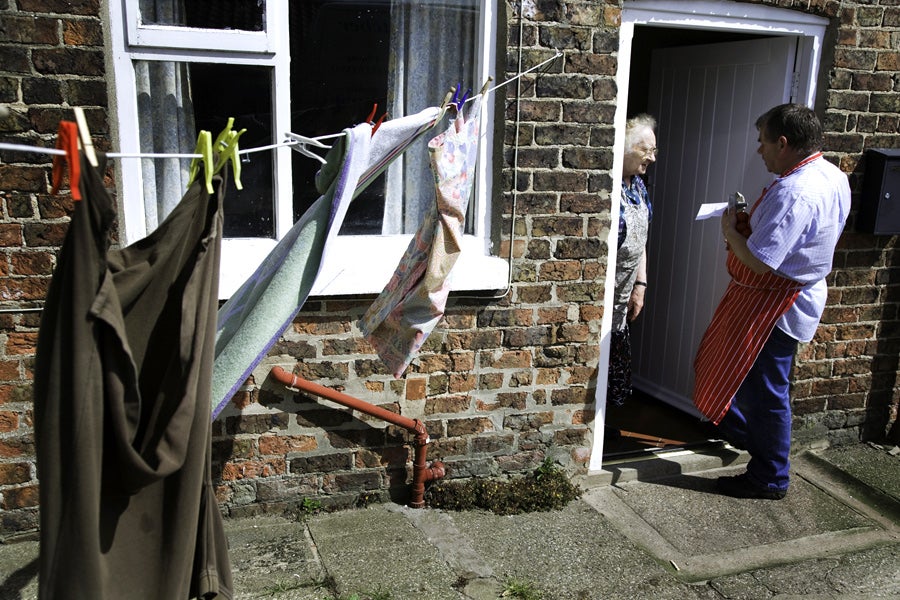
IOTY-080
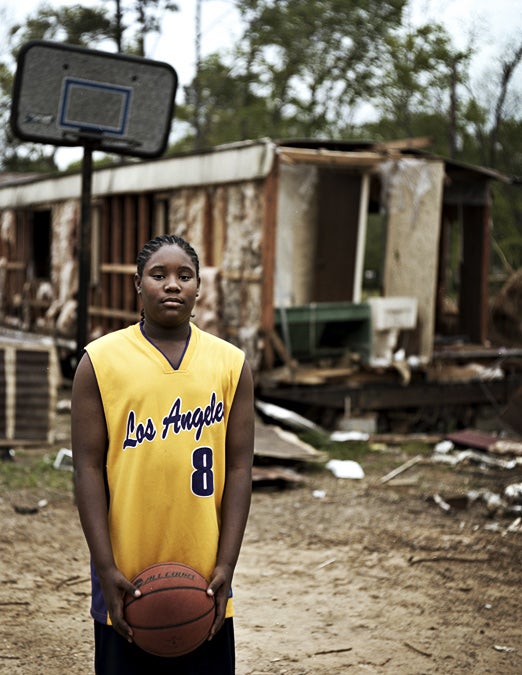
IOTY-081
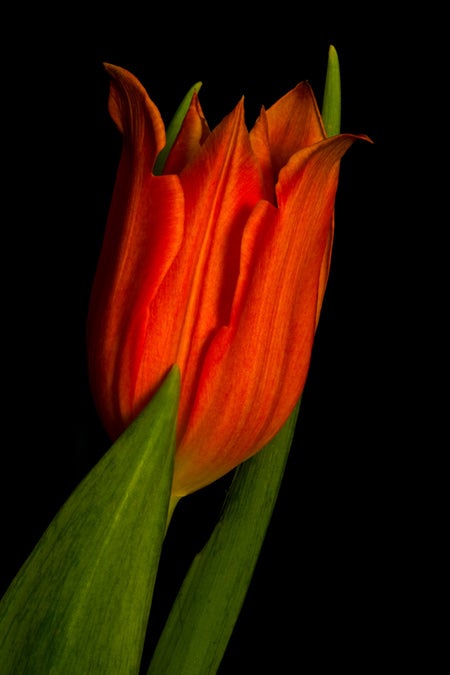
IOTY-082
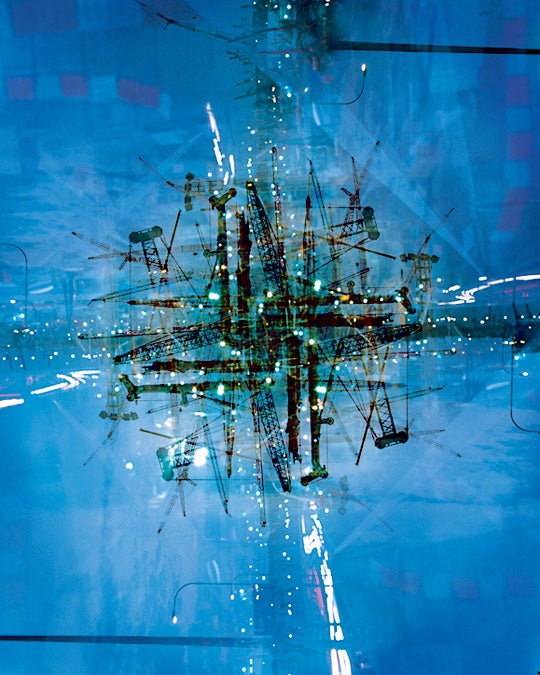
IOTY-083
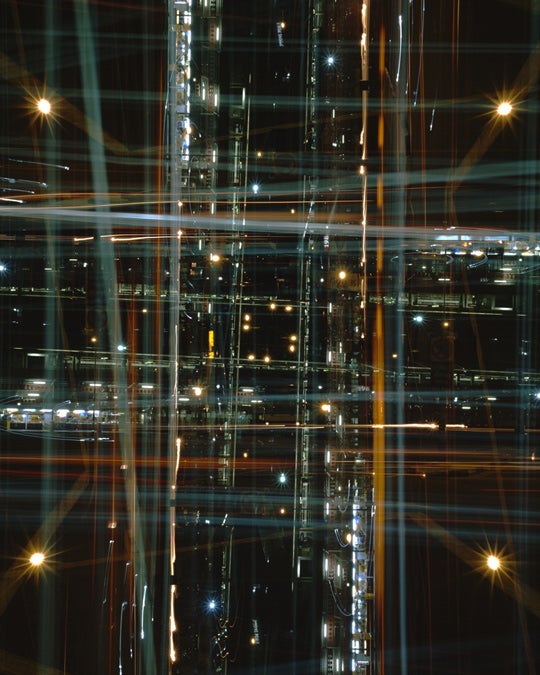
IOTY-084
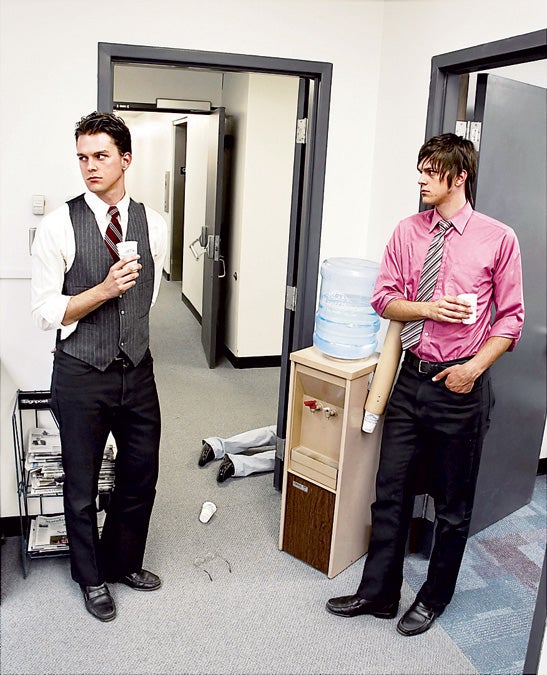
IOTY-085
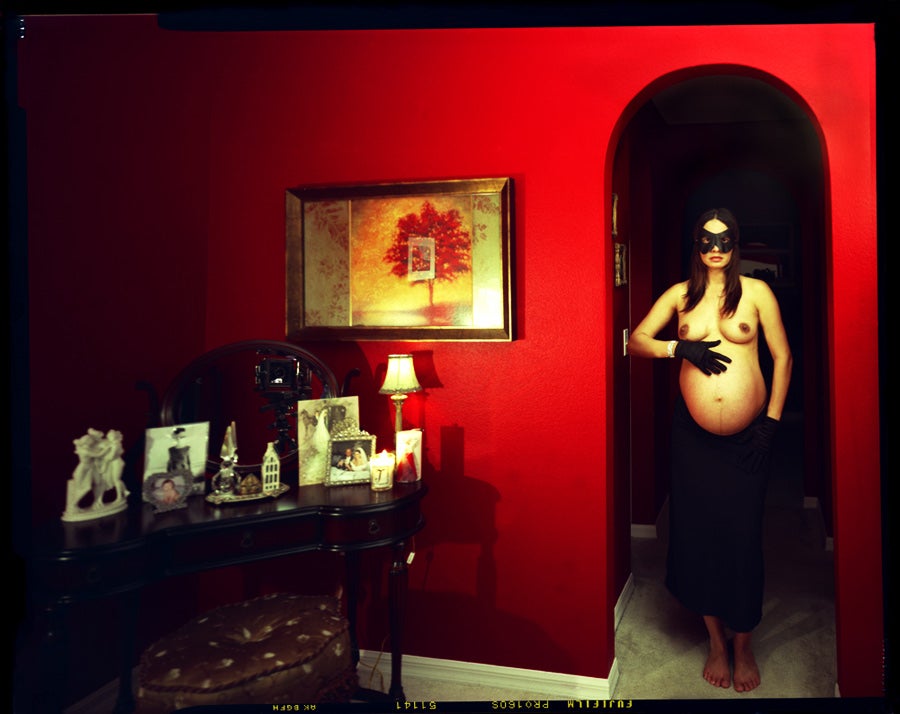
IOTY-086

IOTY-088
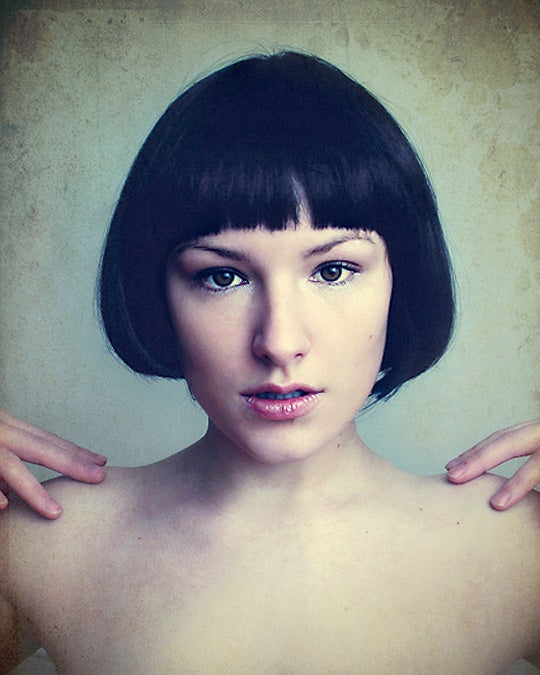
IOTY-089
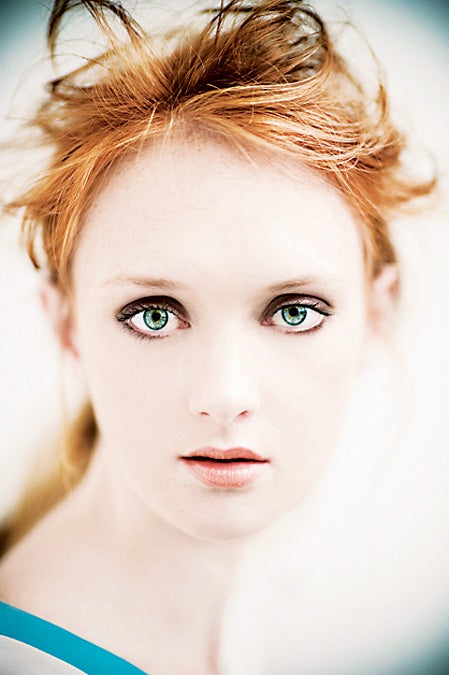
IOTY-090
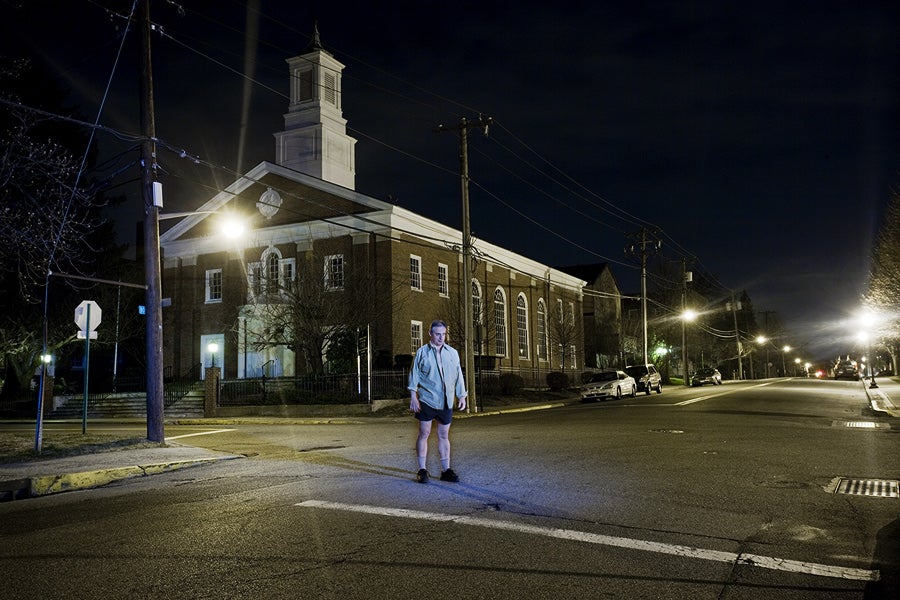
IOTY-091
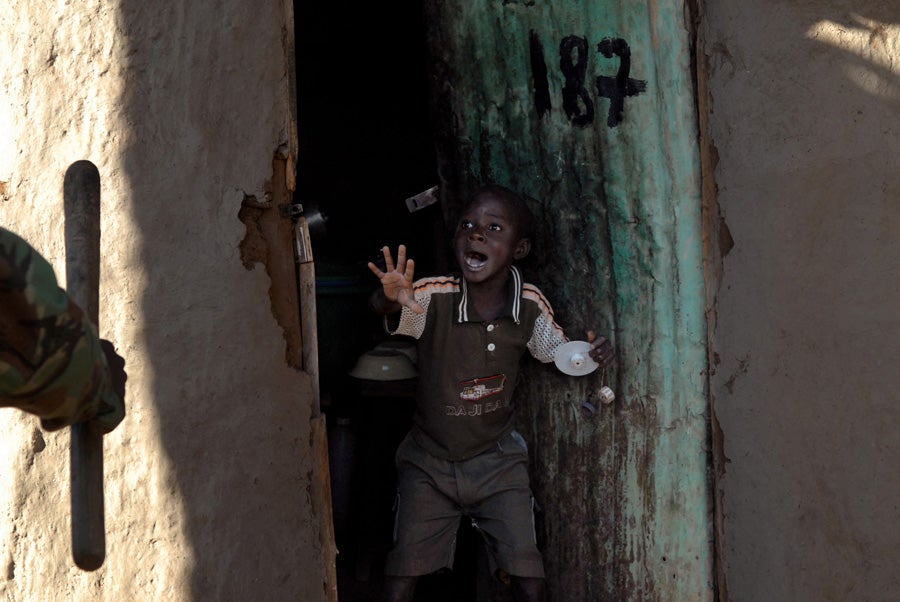
IOTY-092
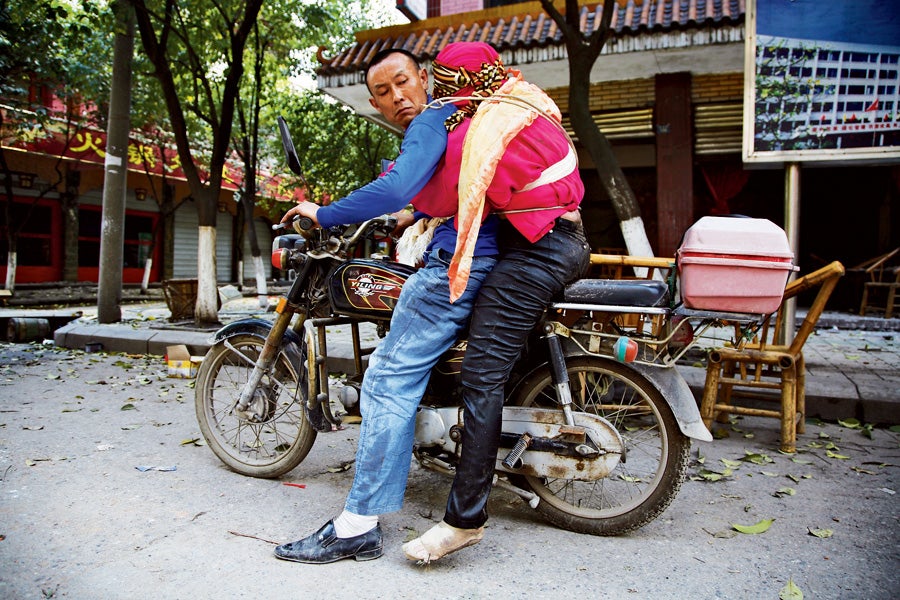
IOTY-093
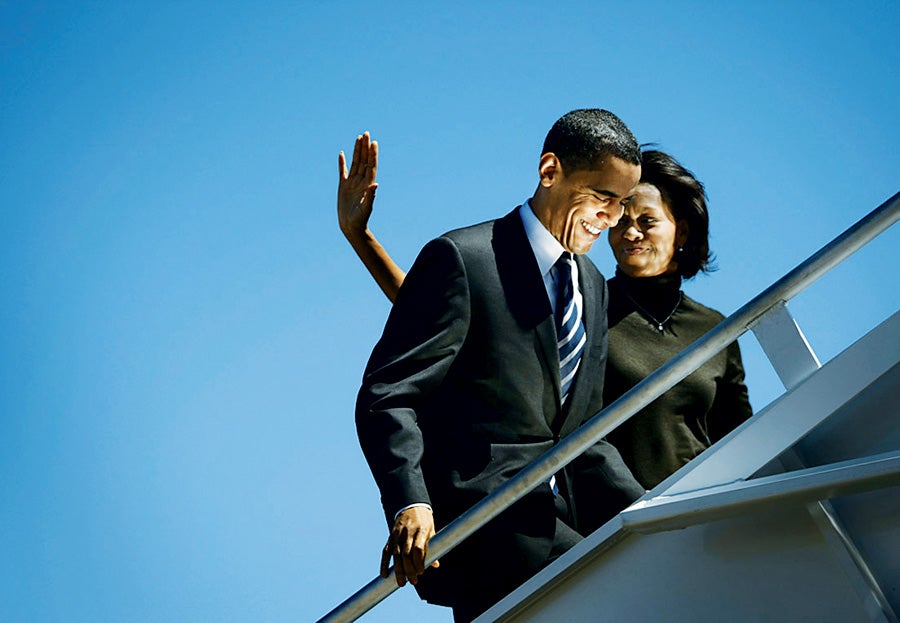
IOTY-094
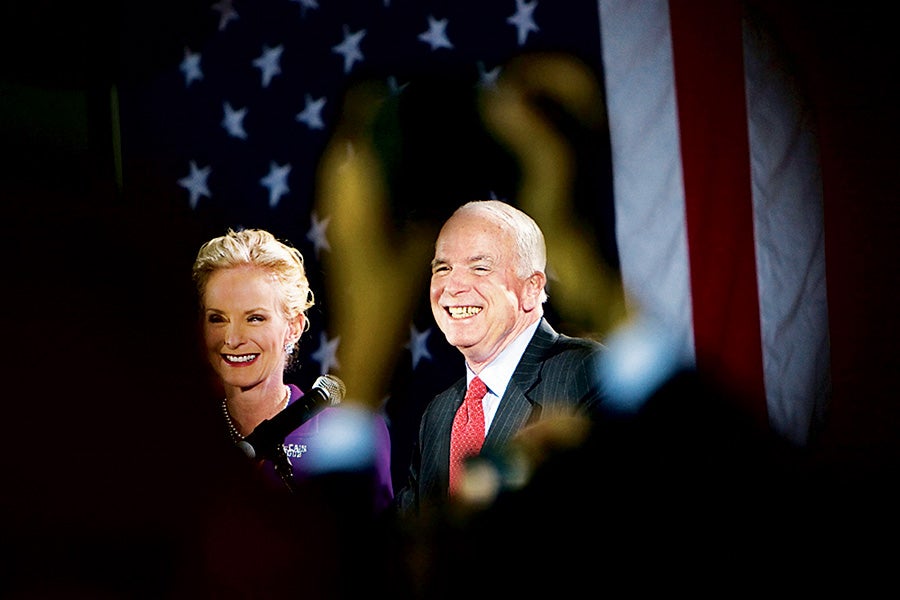
IOTY-095
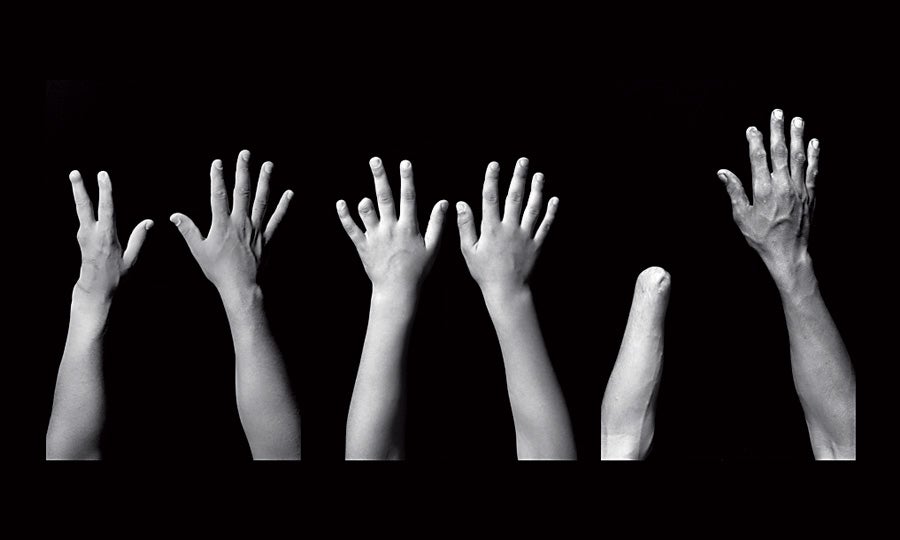
IOTY-096
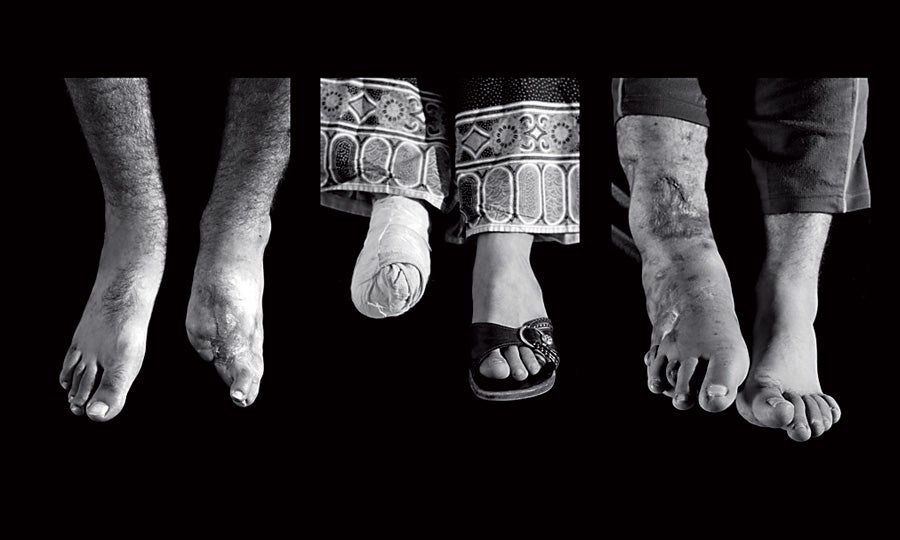
IOTY-097

IOTY-098
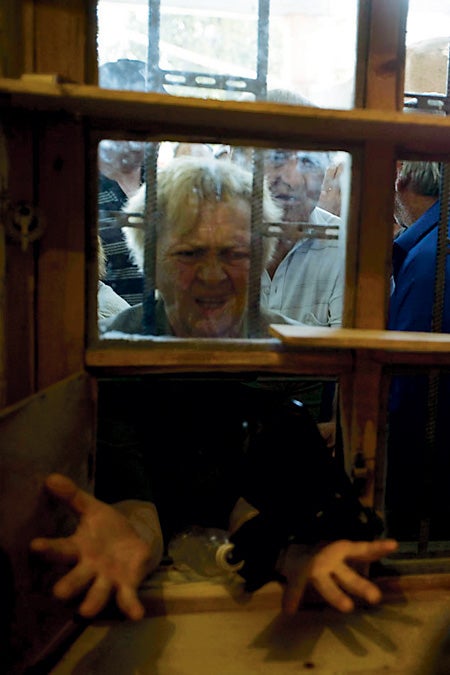
IOTY-099
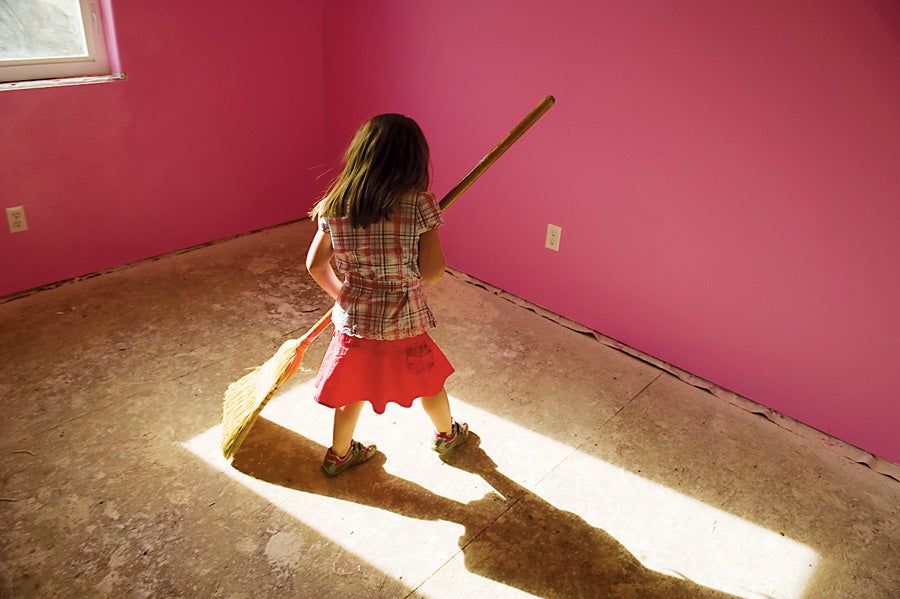
IOTY-100
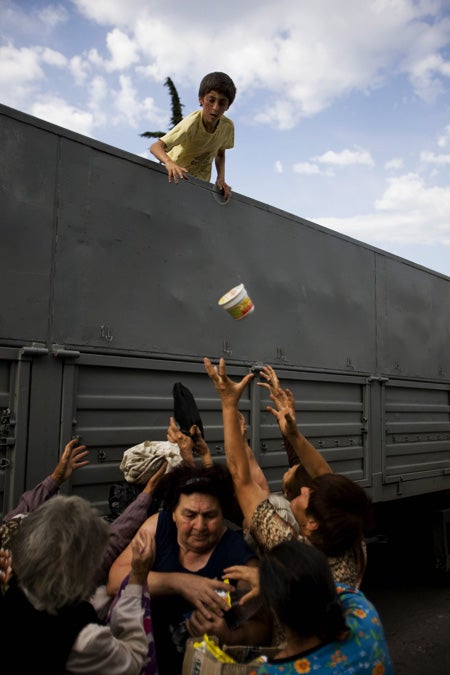
IOTY-101
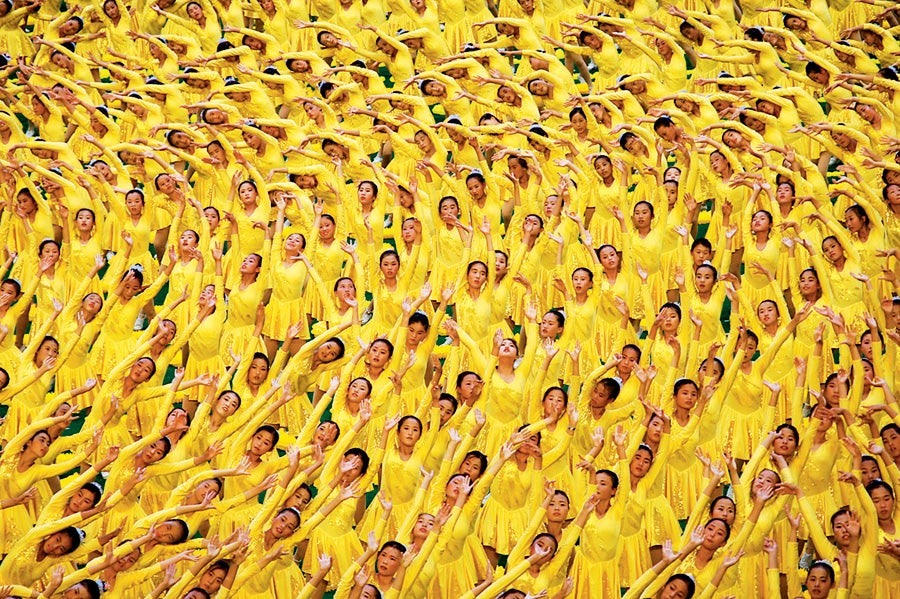
IOTY-102
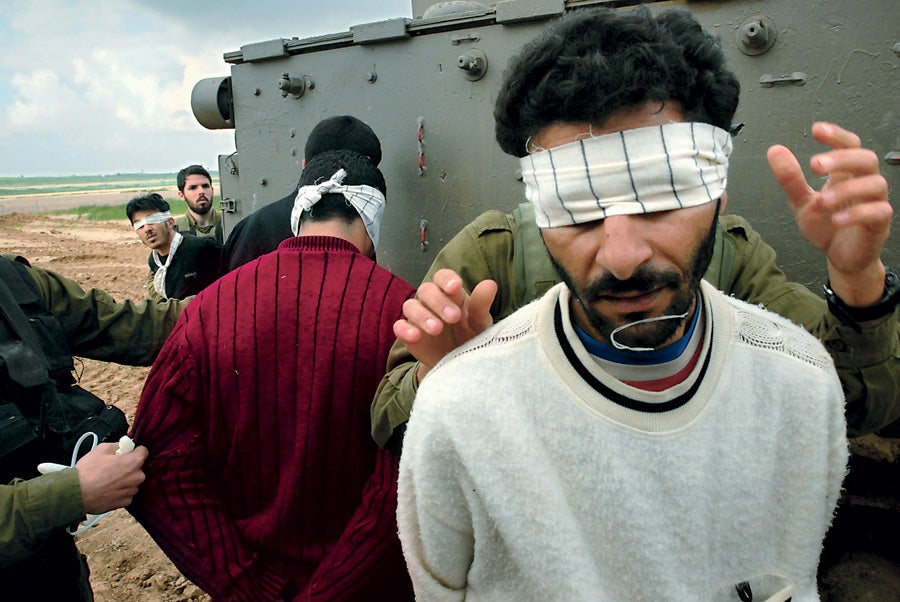
IOTY-103
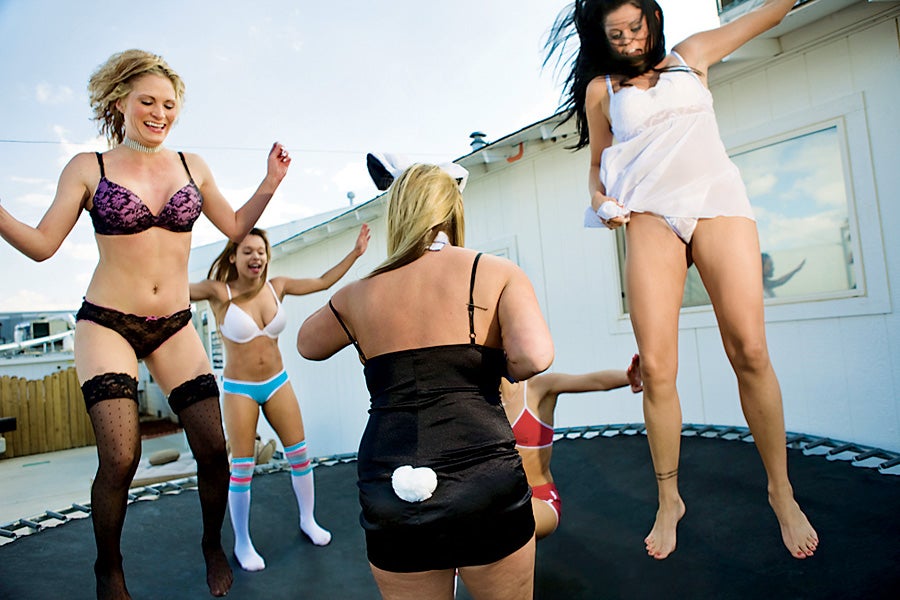
IOTY-104
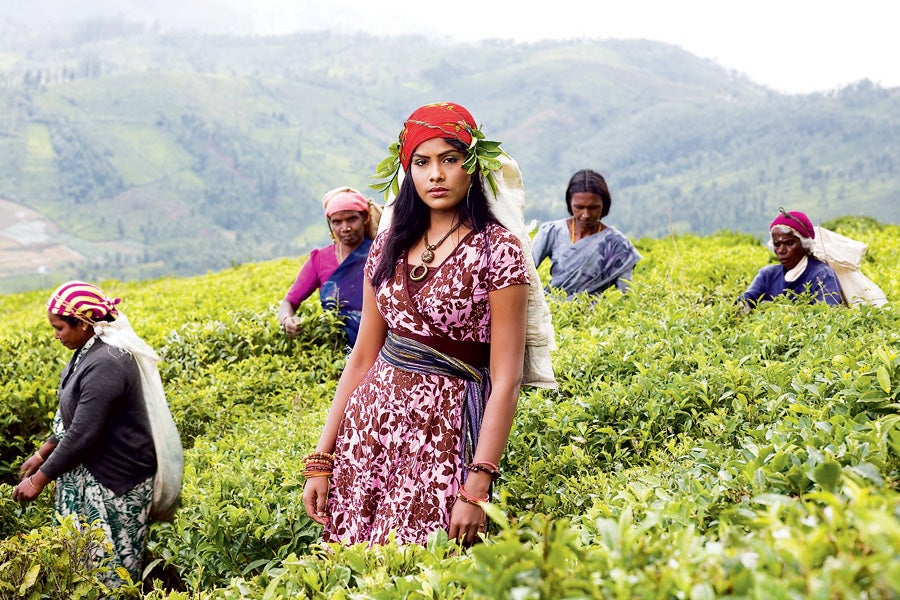
IOTY-105

IOTY-106

IOTY-107

IOTY-108

IOTY-109

IOTY-110

IOTY-111

IOTY-112

IOTY-113

IOTY-114

IOTY-115

IOTY-116

IOTY-006

IOTY-061

IOTY-087
The post Images of the Year 2008 appeared first on Popular Photography.
Articles may contain affiliate links which enable us to share in the revenue of any purchases made.
]]>
These women have risen above the fray to be the year's top stars.
The post Top Models 2008 appeared first on Popular Photography.
]]>
Fashion never stops. It hunts obsessively for what’s new and next. Especially when it comes to the modeling industry, which overflows with newer and newer faces every day. That makes the achievement of these five women even more spectacular, as they have risen above the fray to emerge as proven stars — the hottest models that the industry’s editors, designers, and photographers are calling to book right this minute.
The post Top Models 2008 appeared first on Popular Photography.
Articles may contain affiliate links which enable us to share in the revenue of any purchases made.
]]>